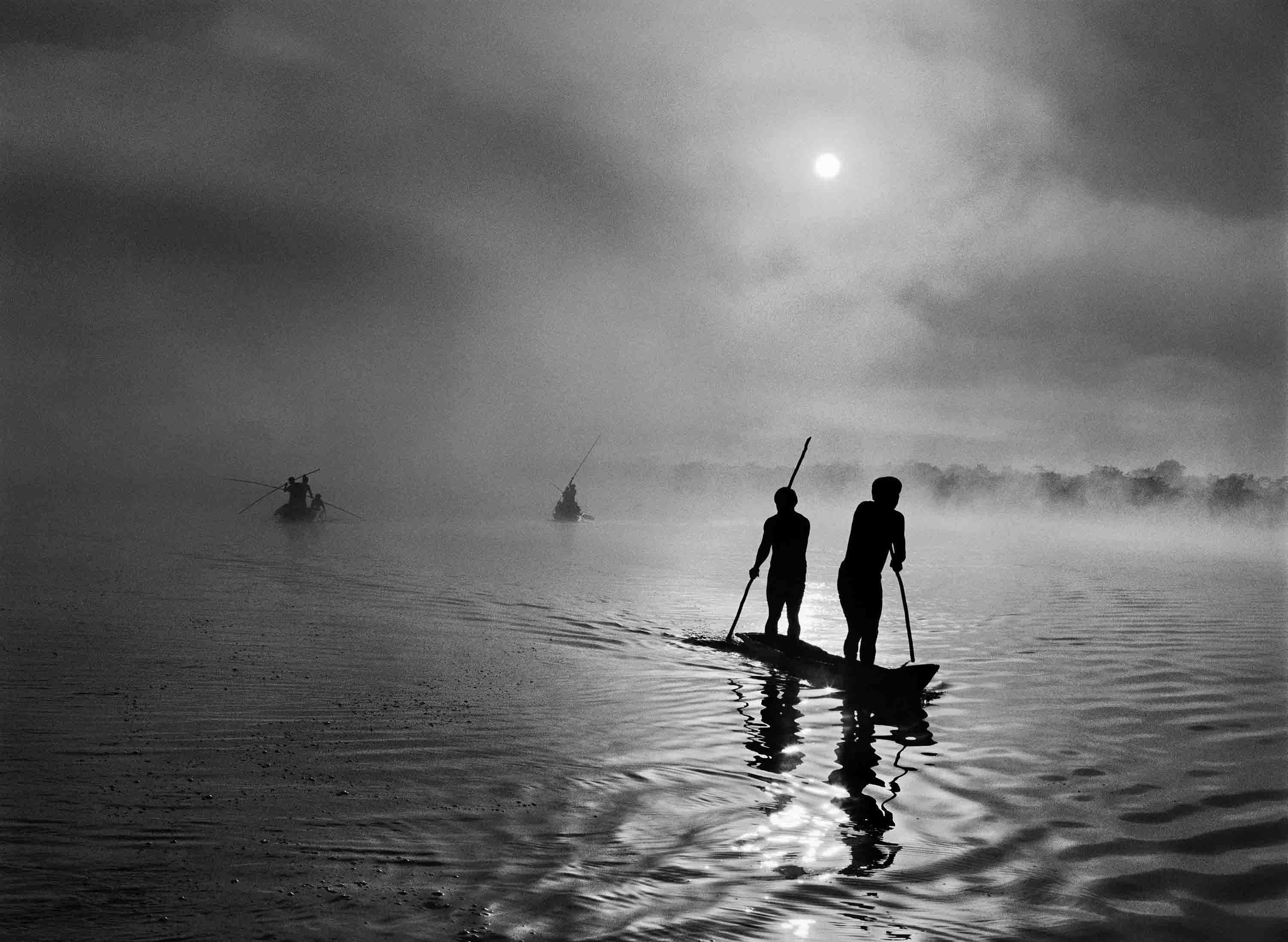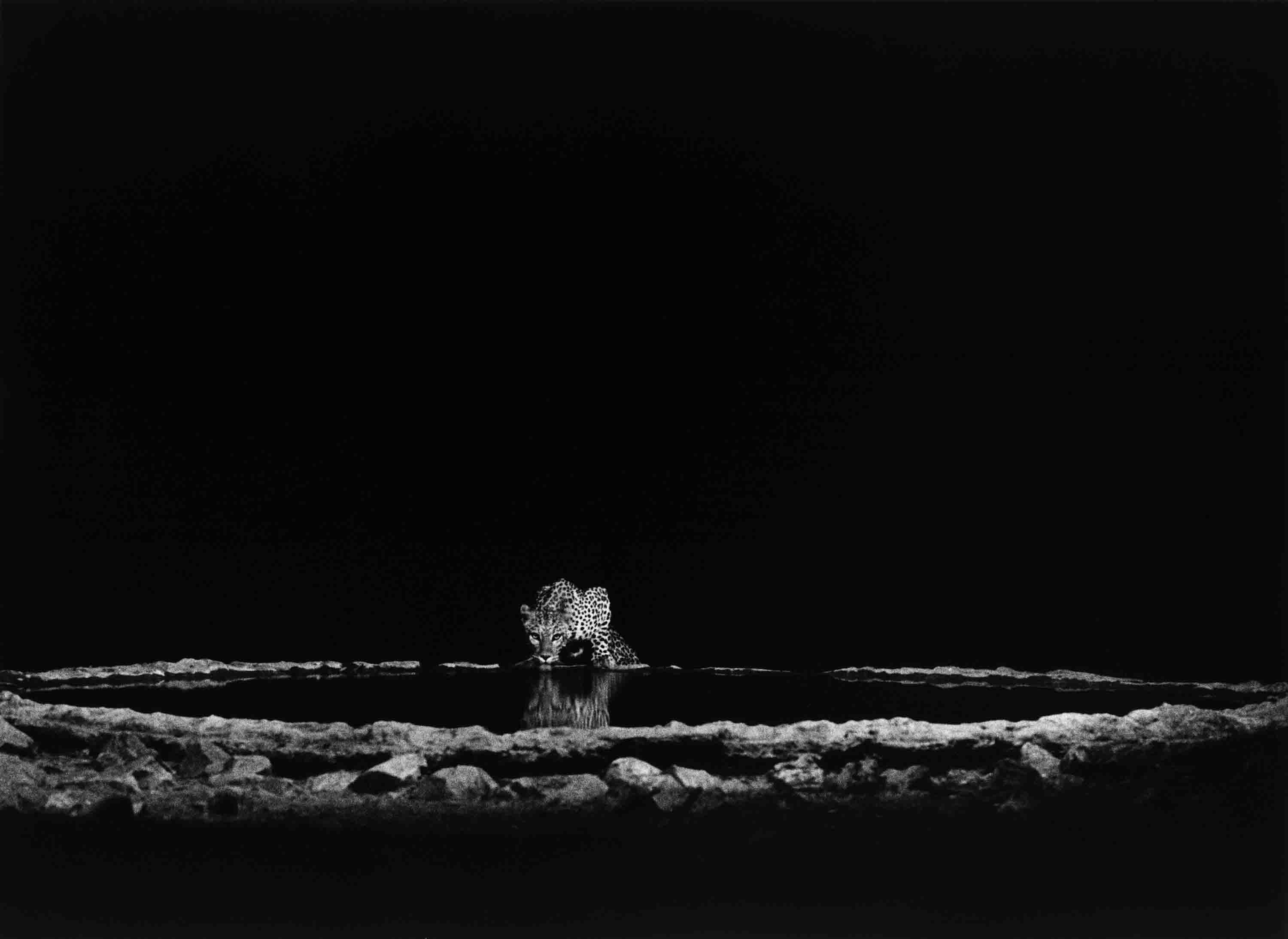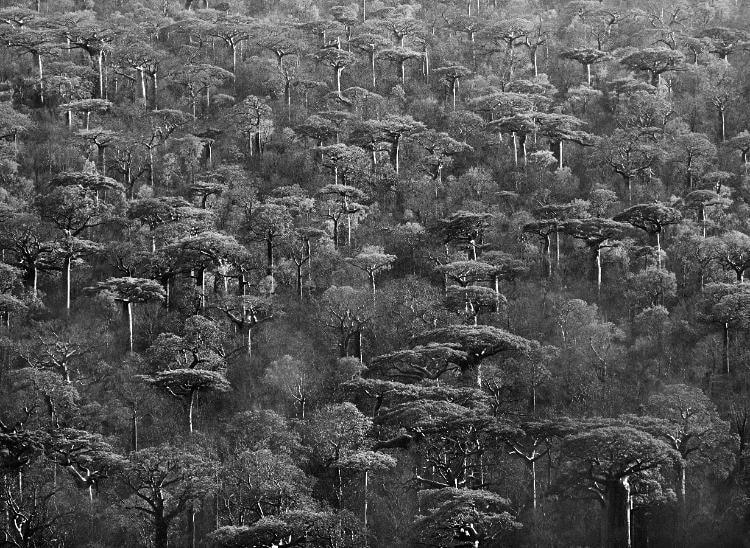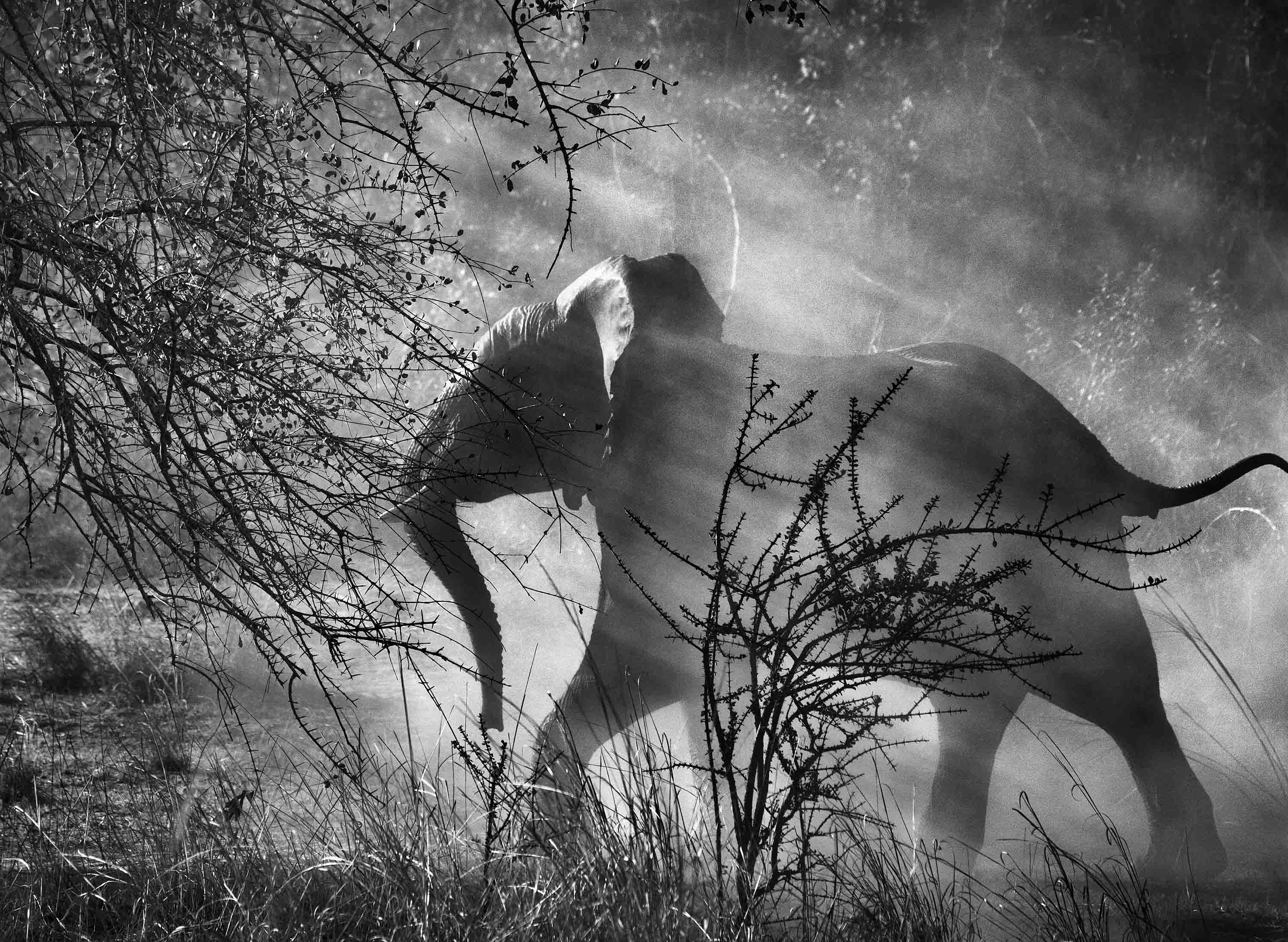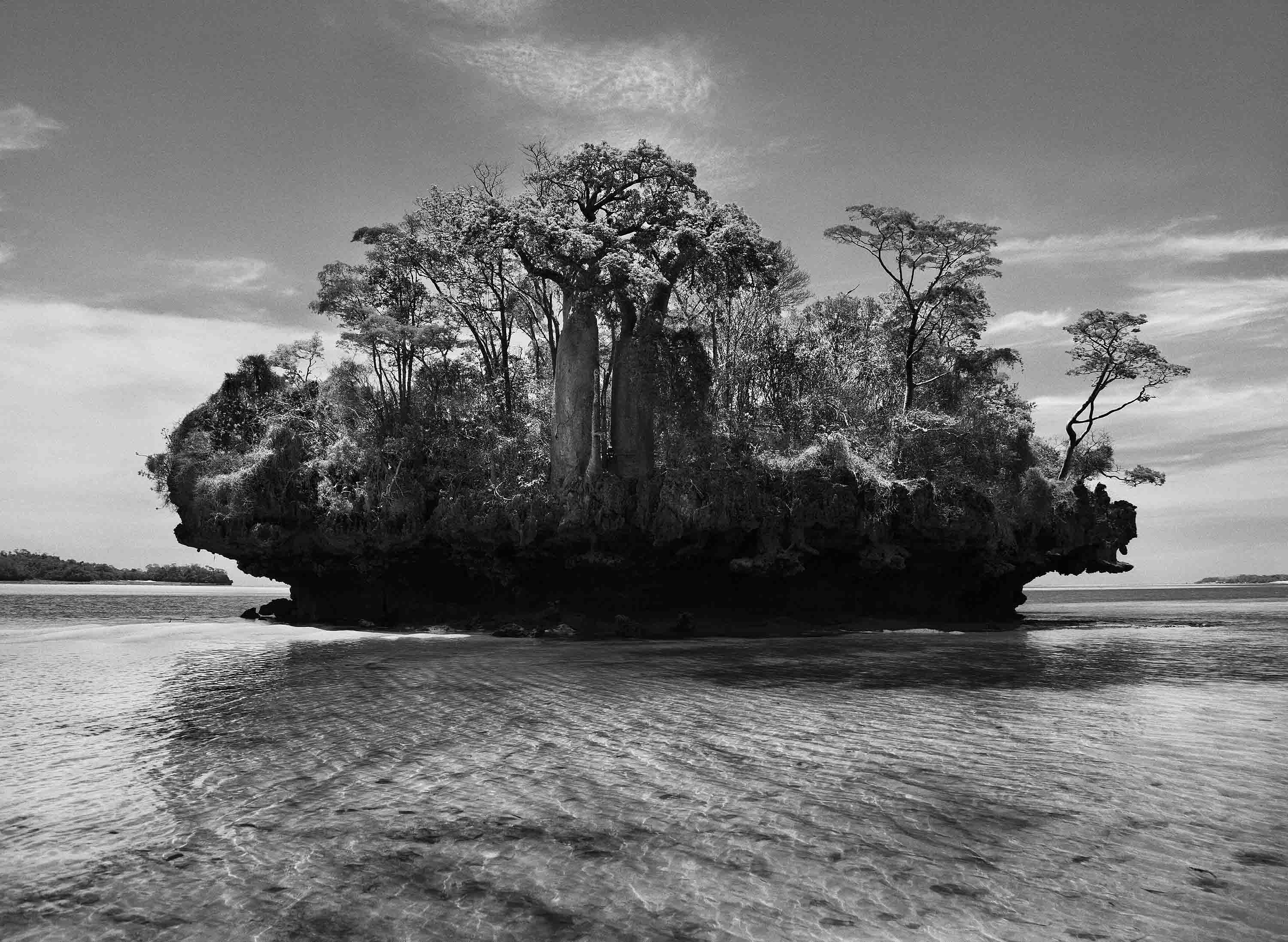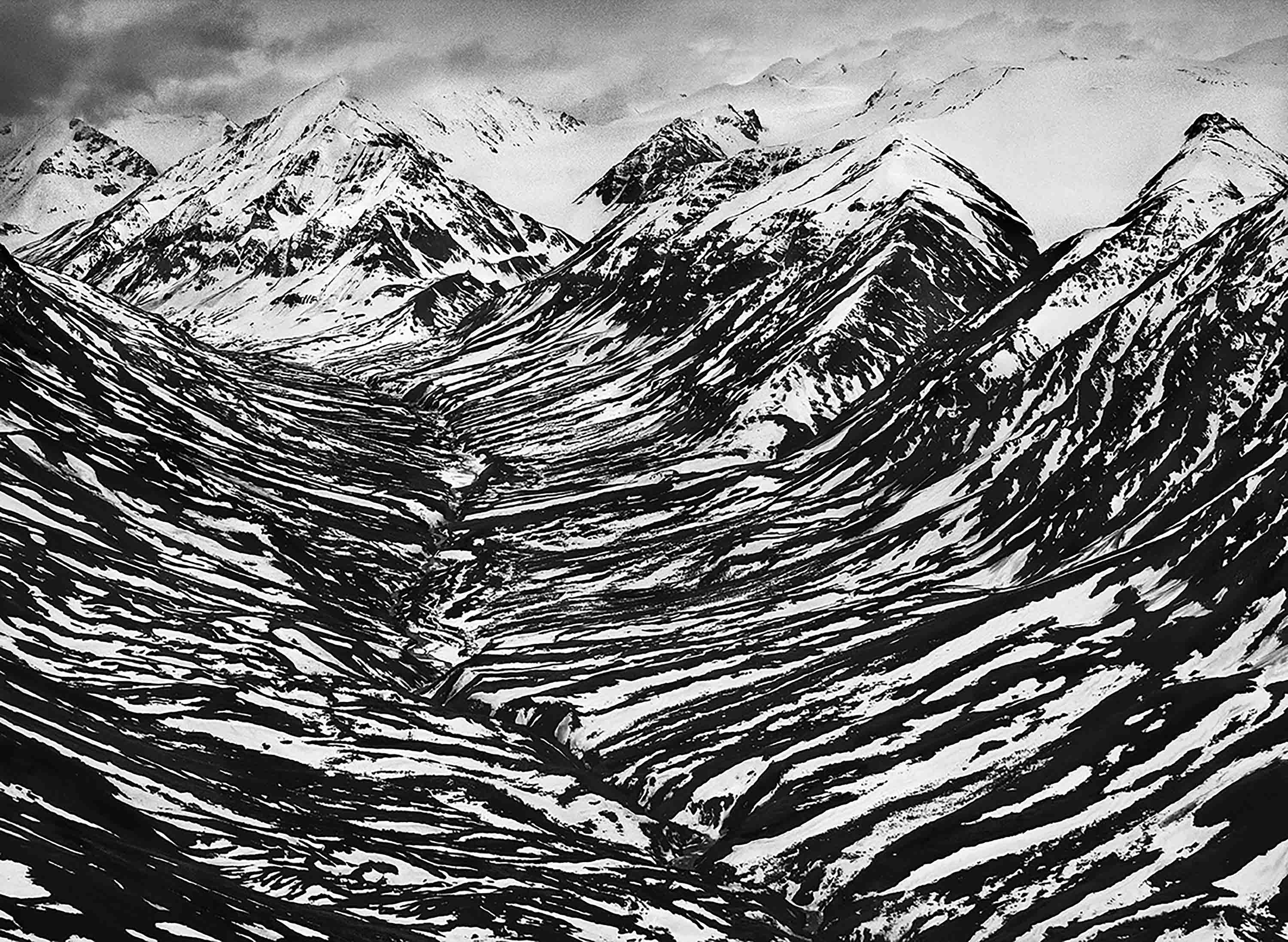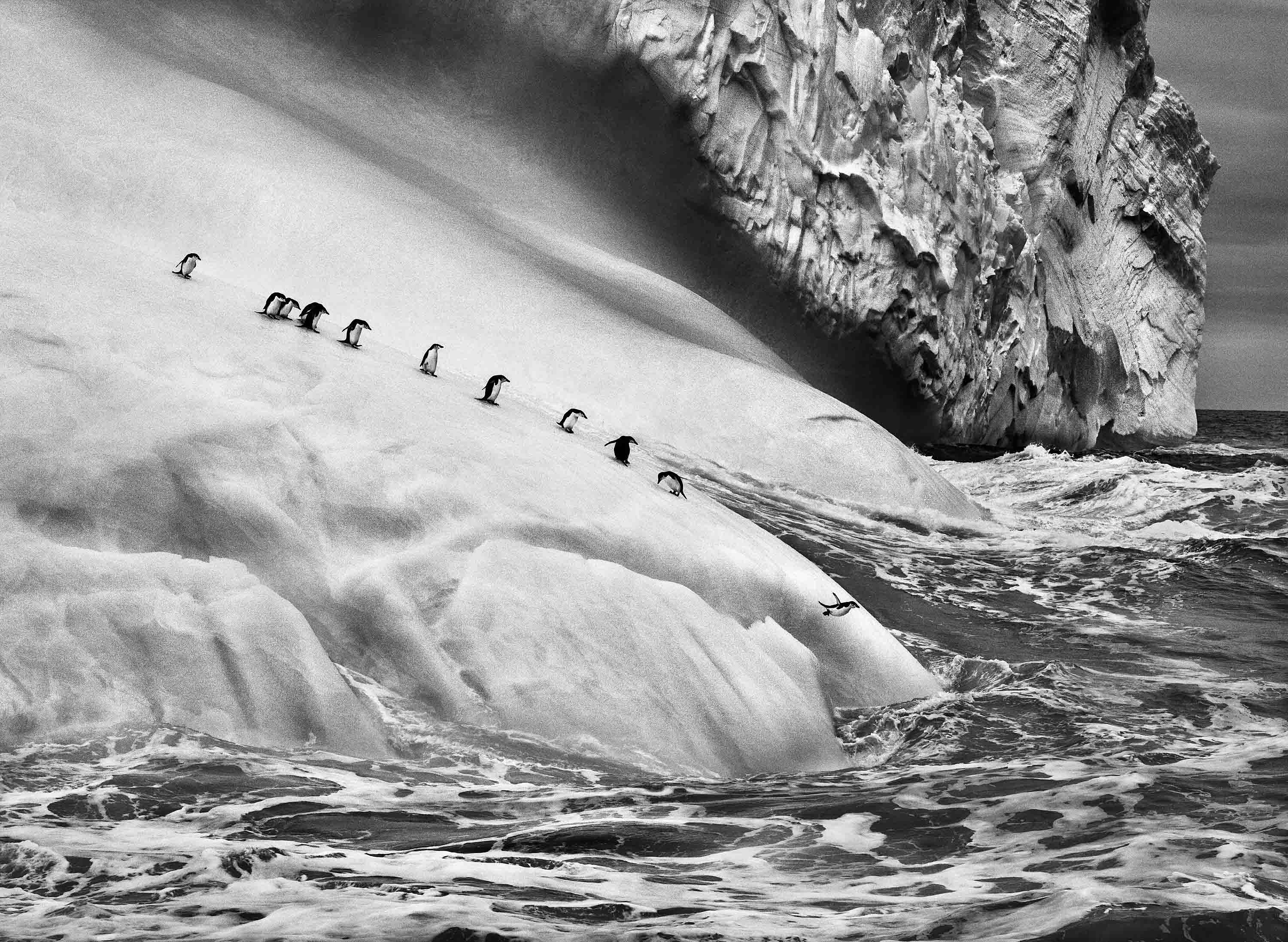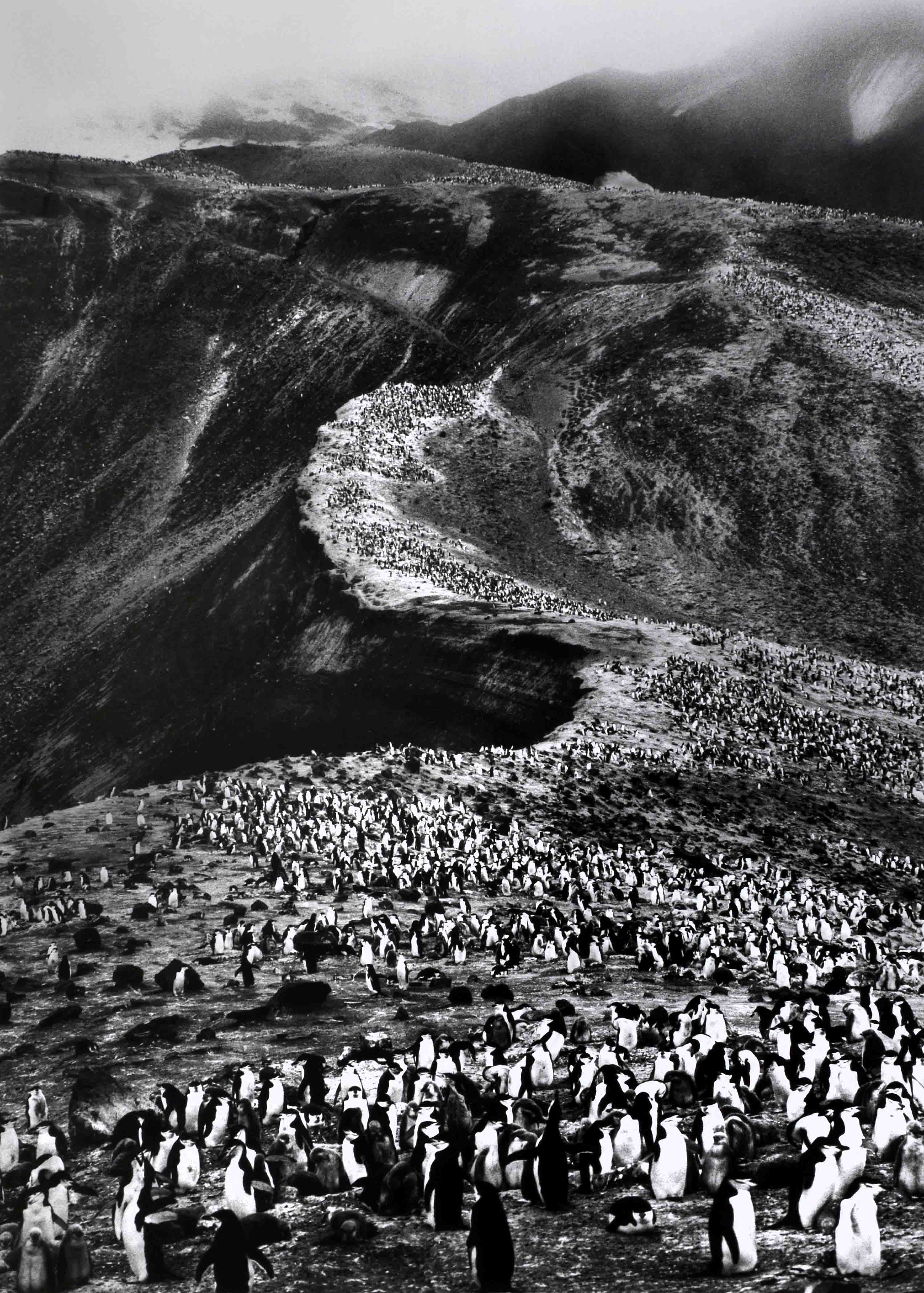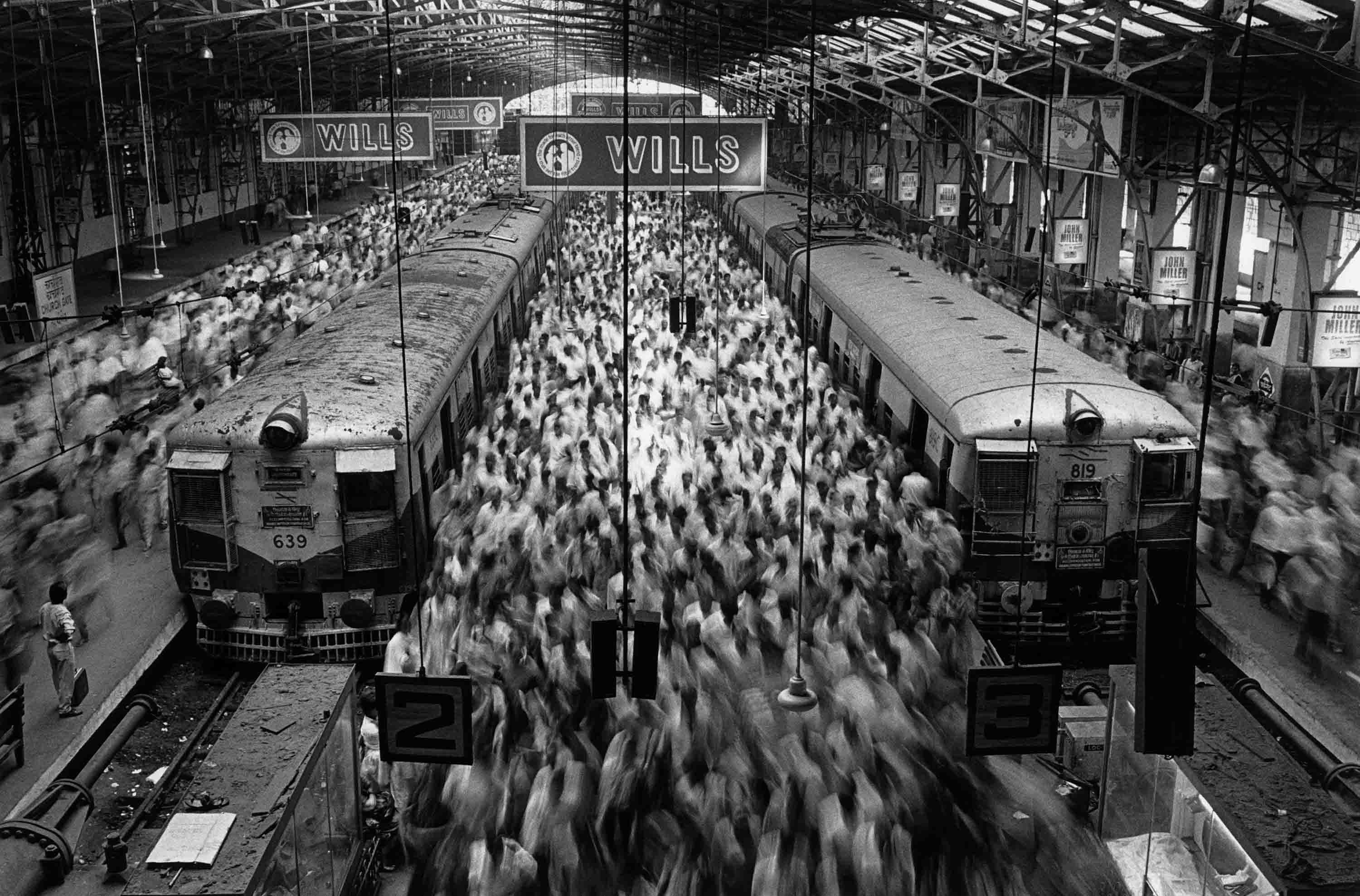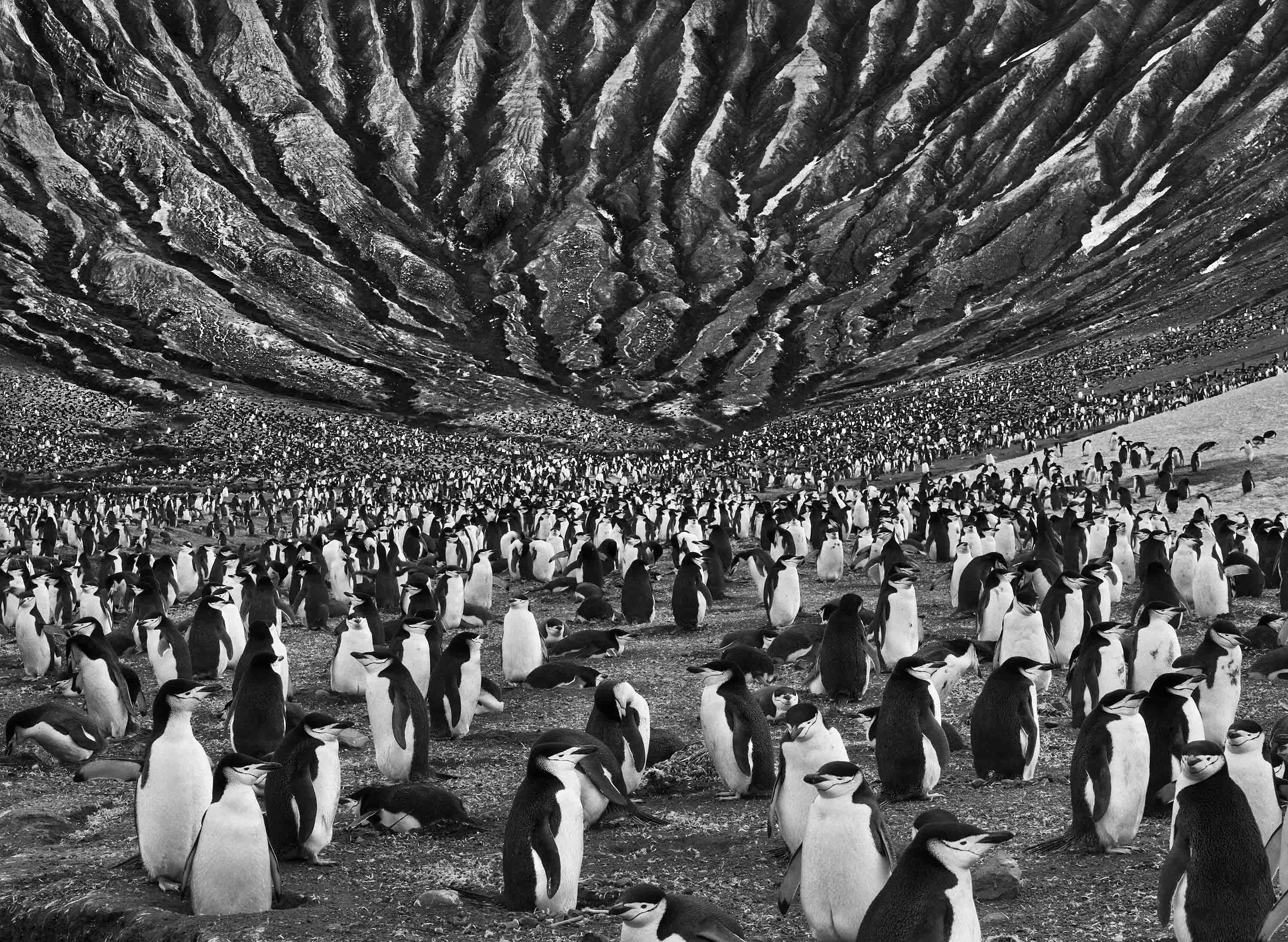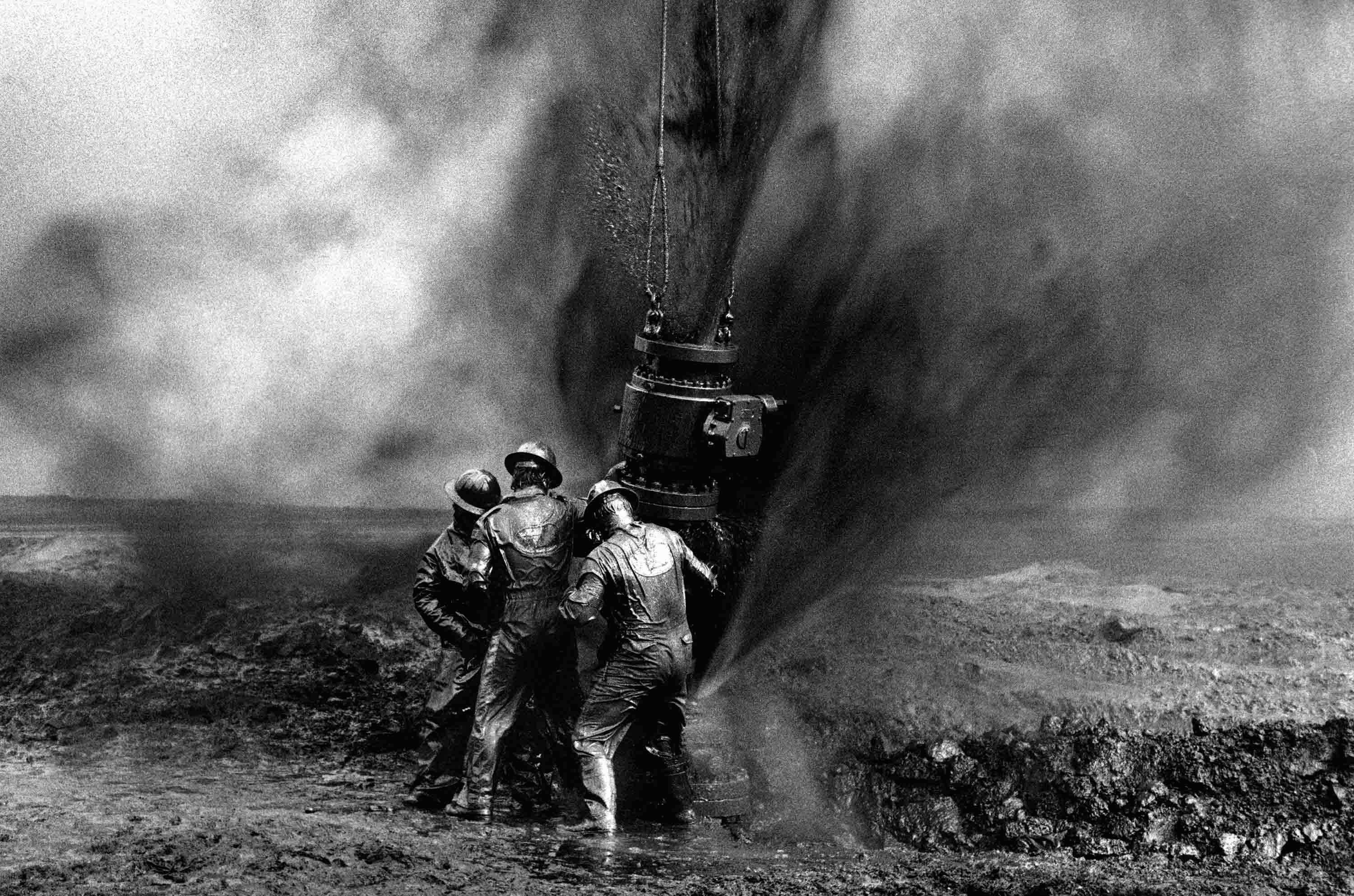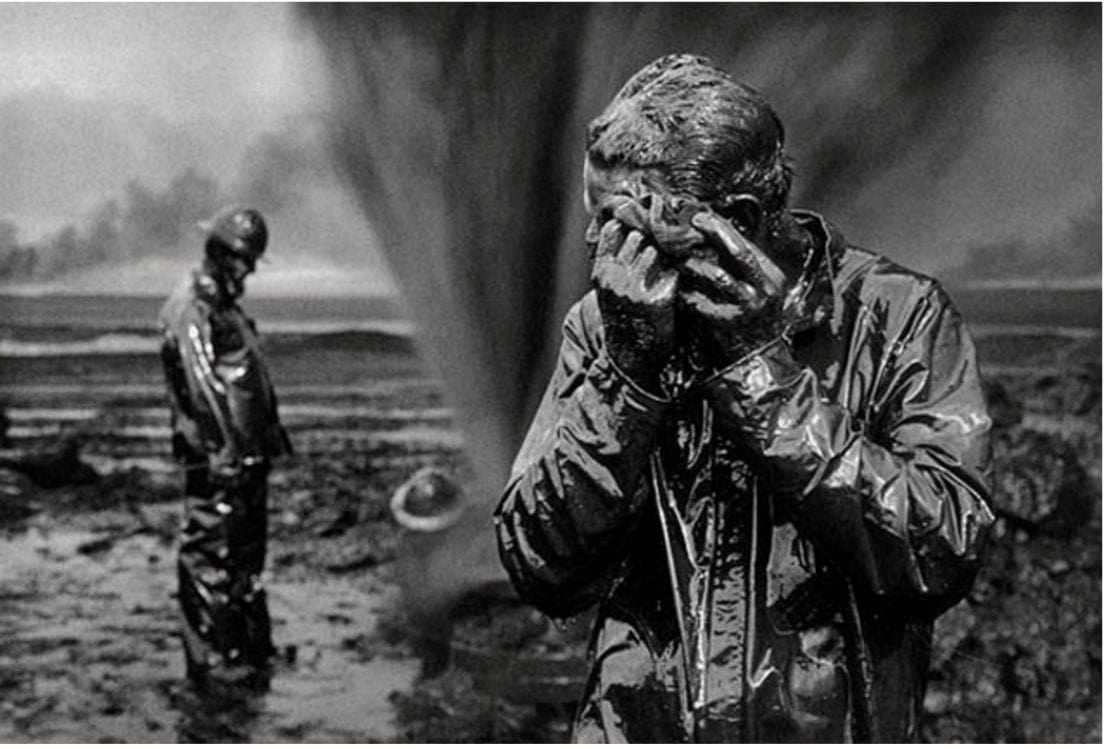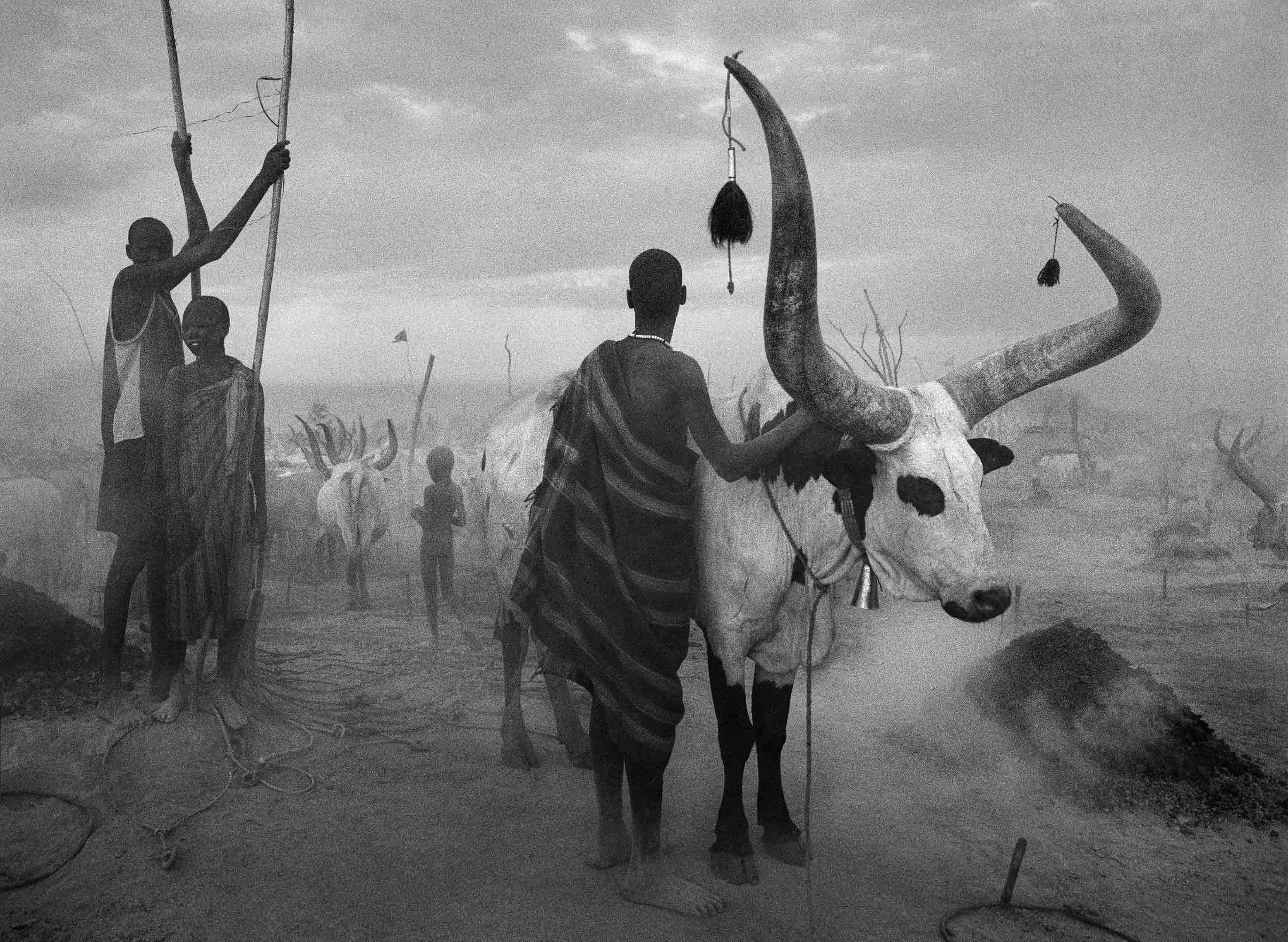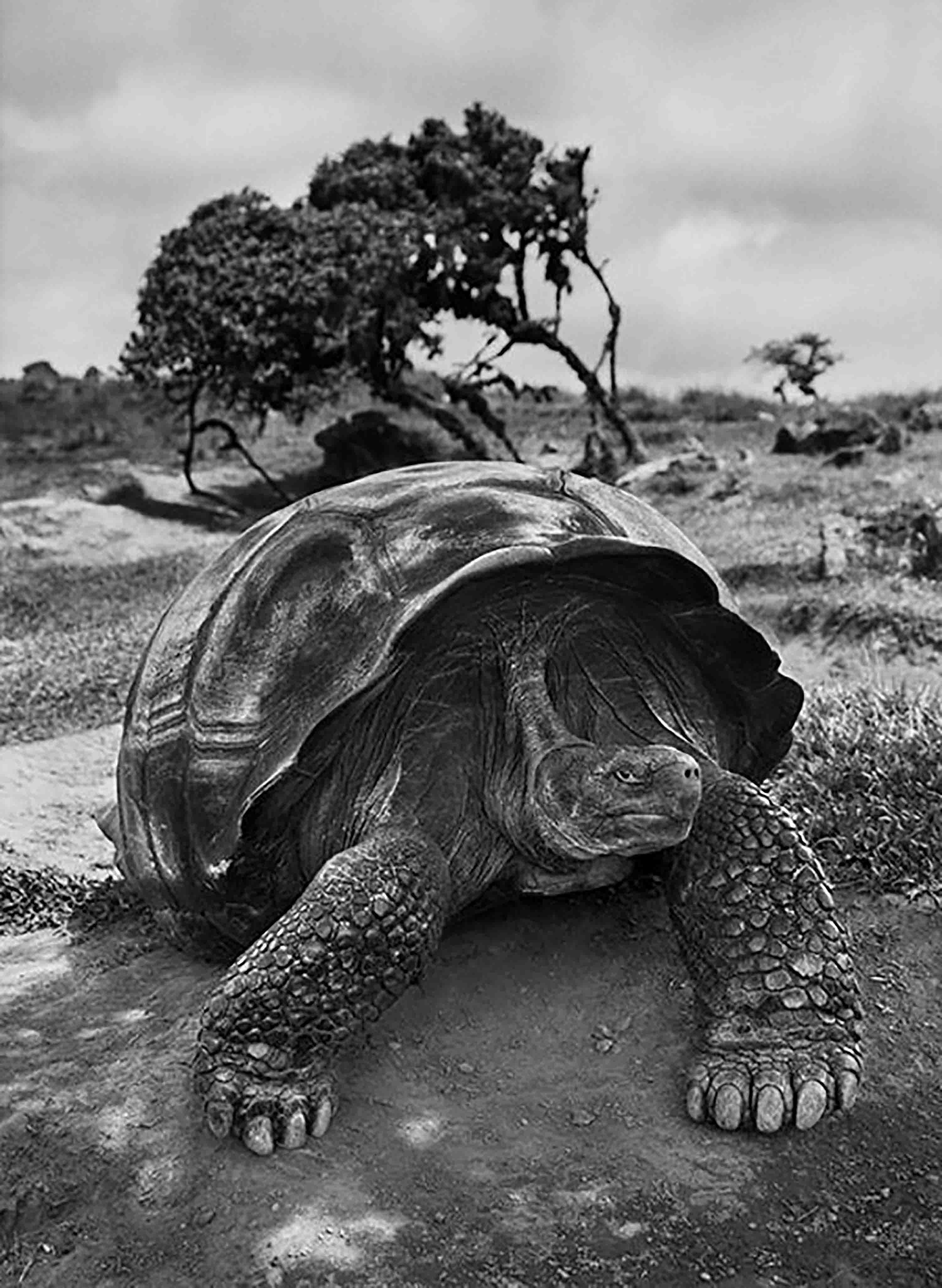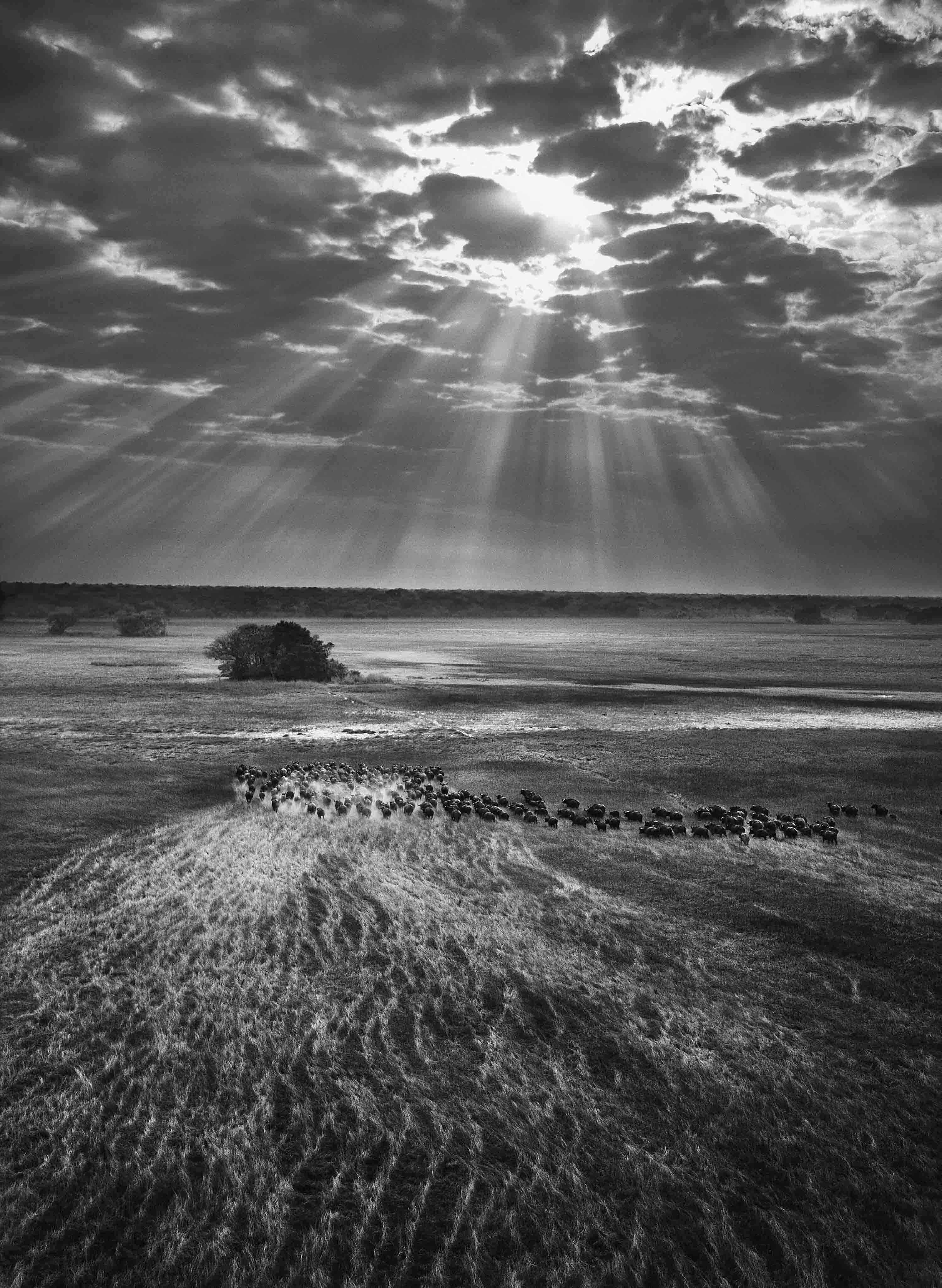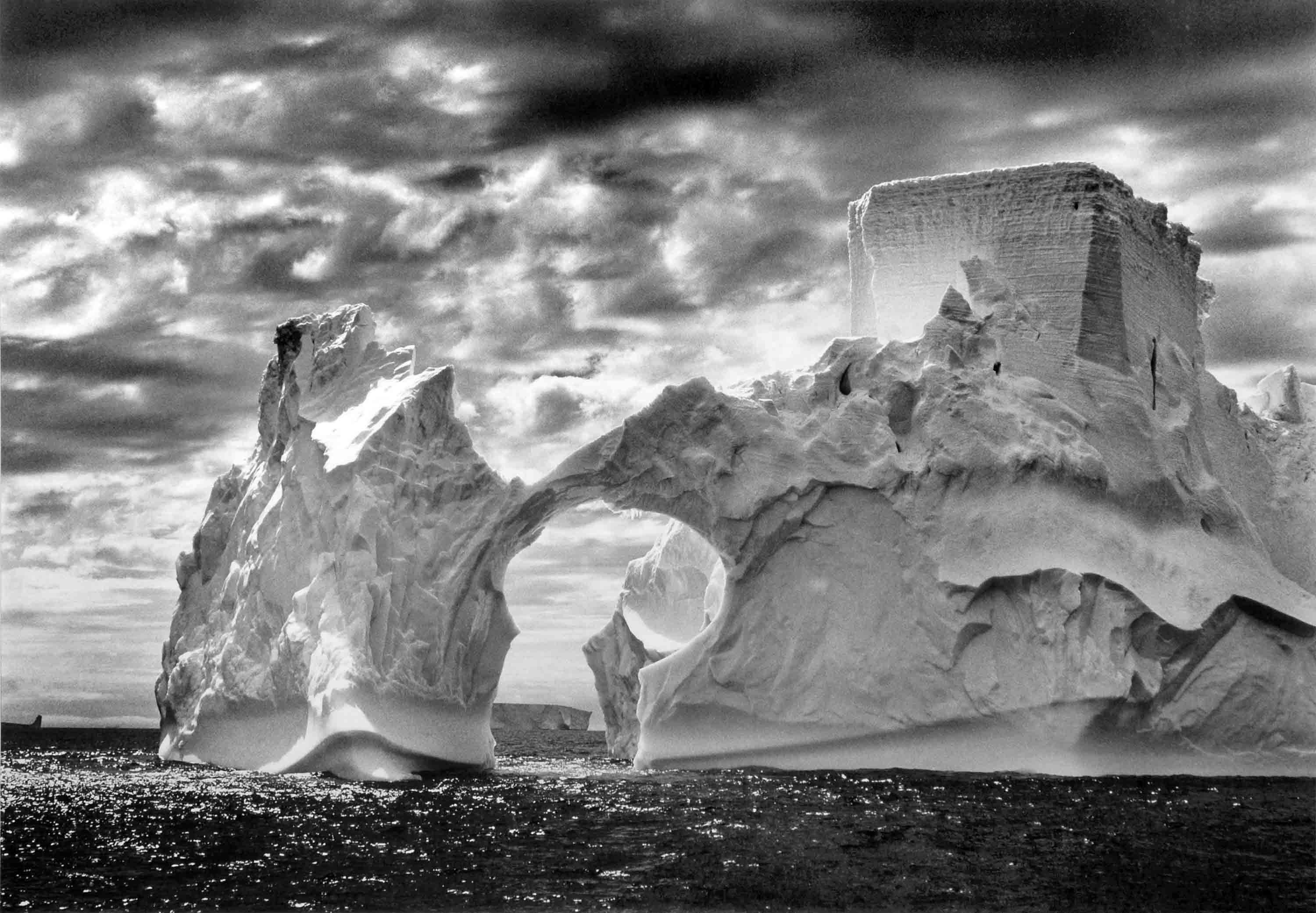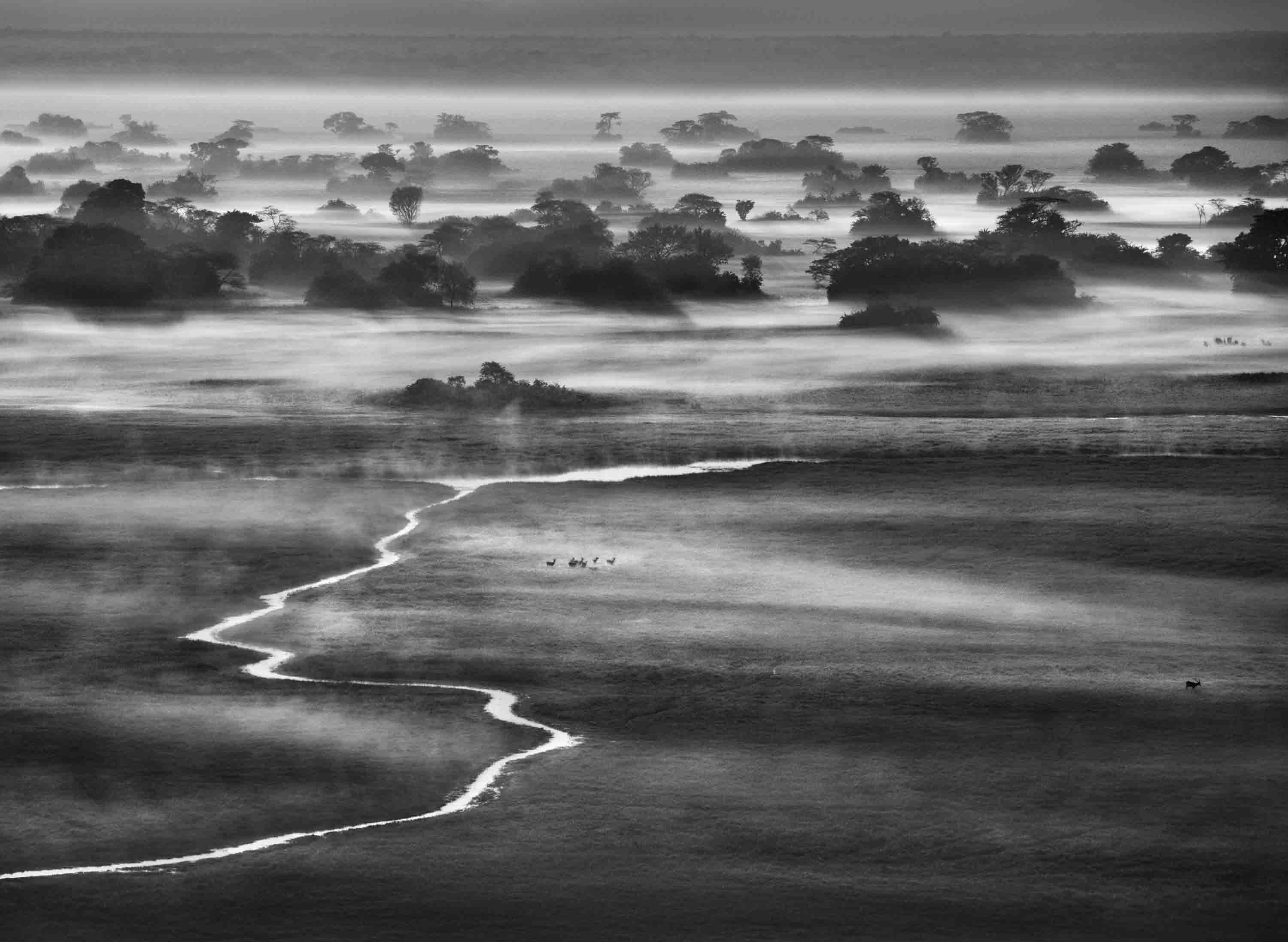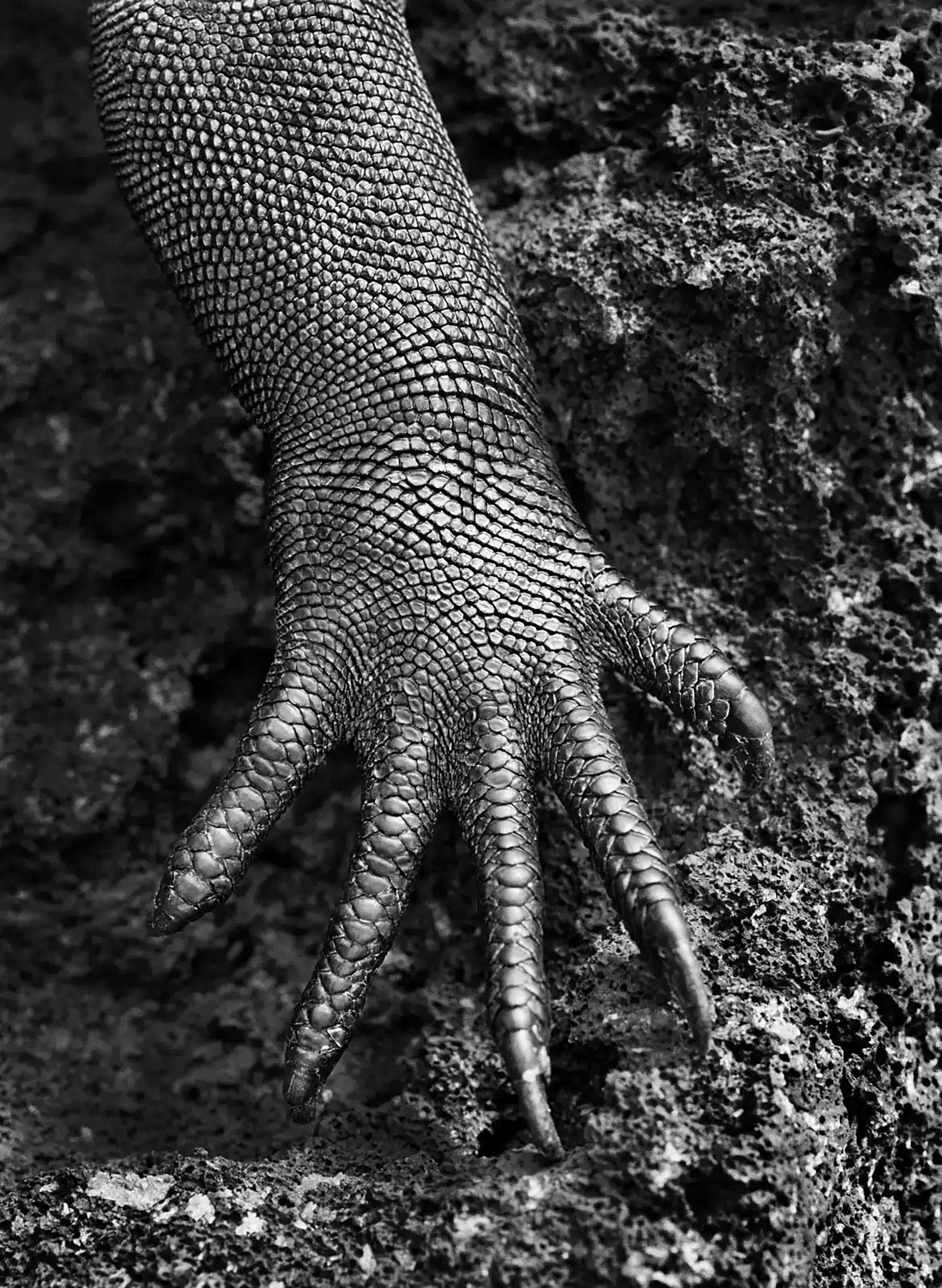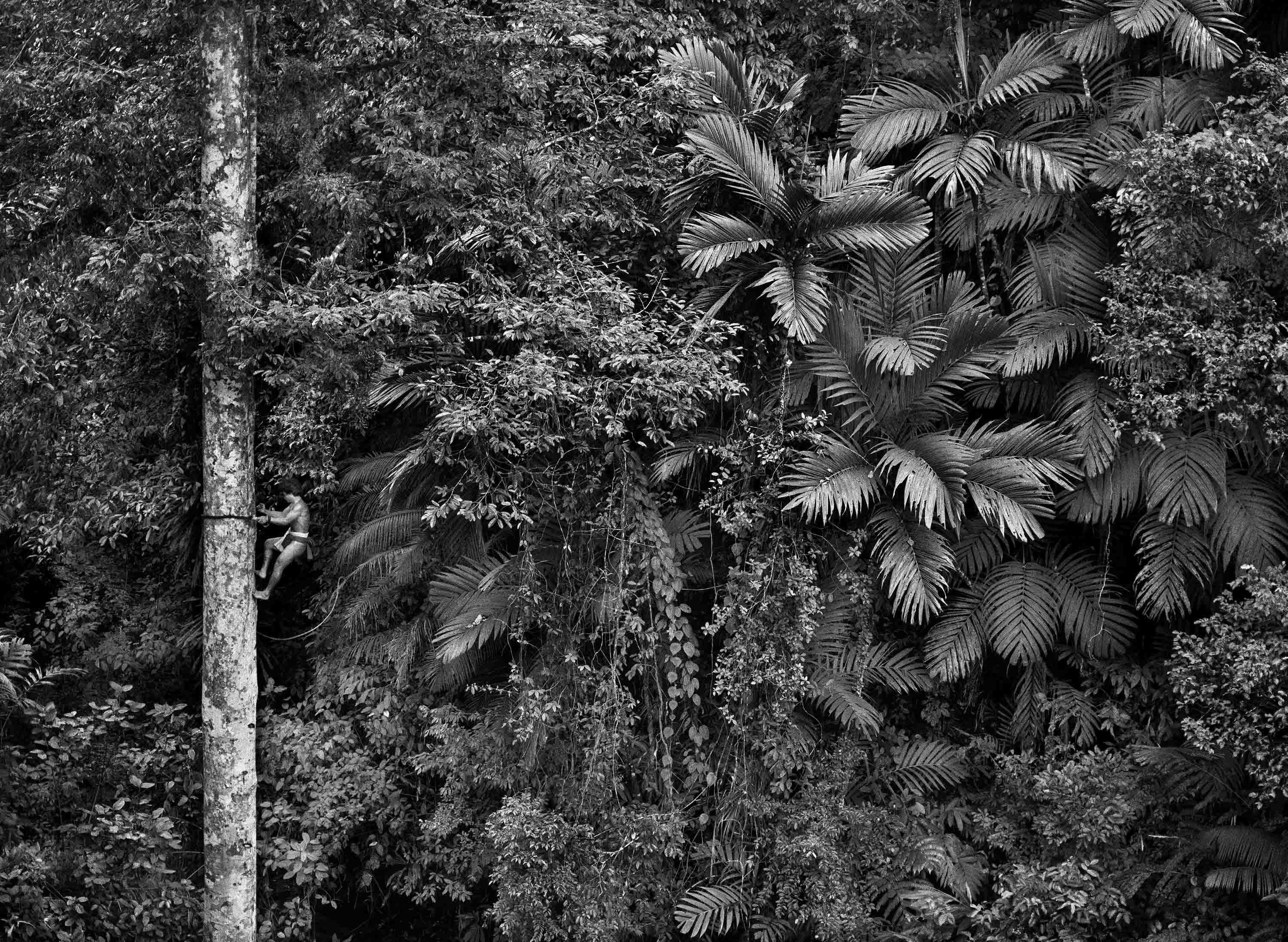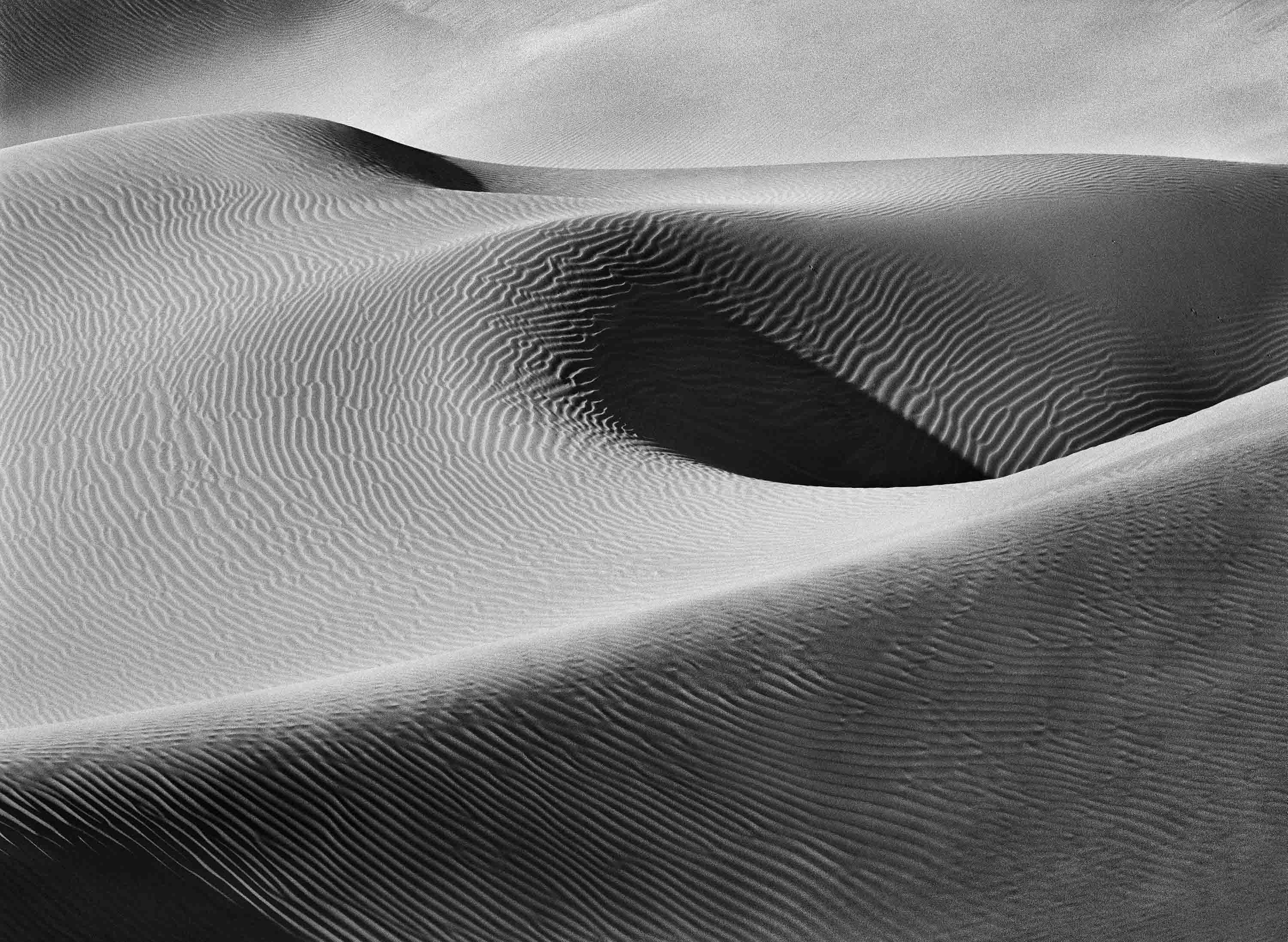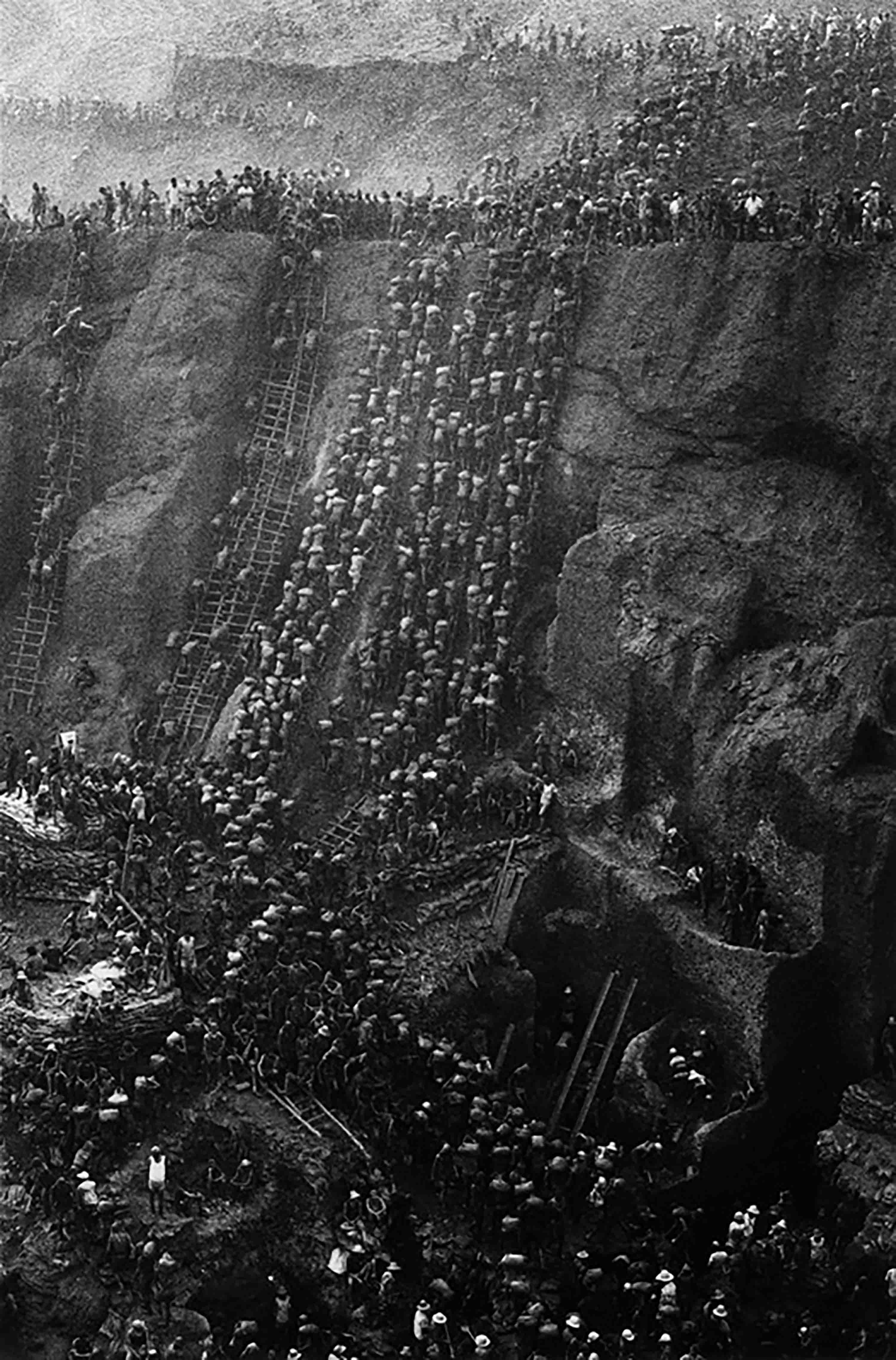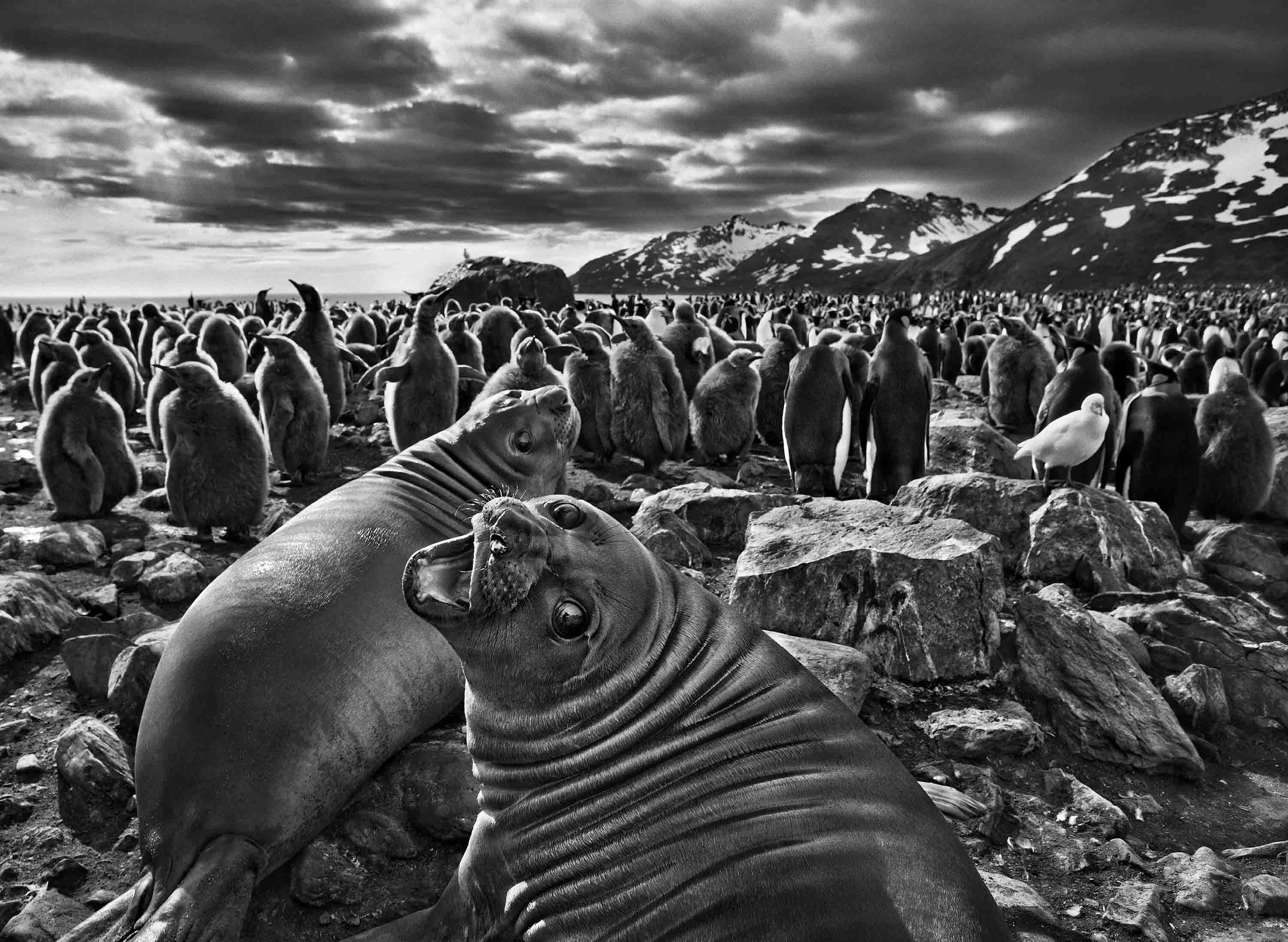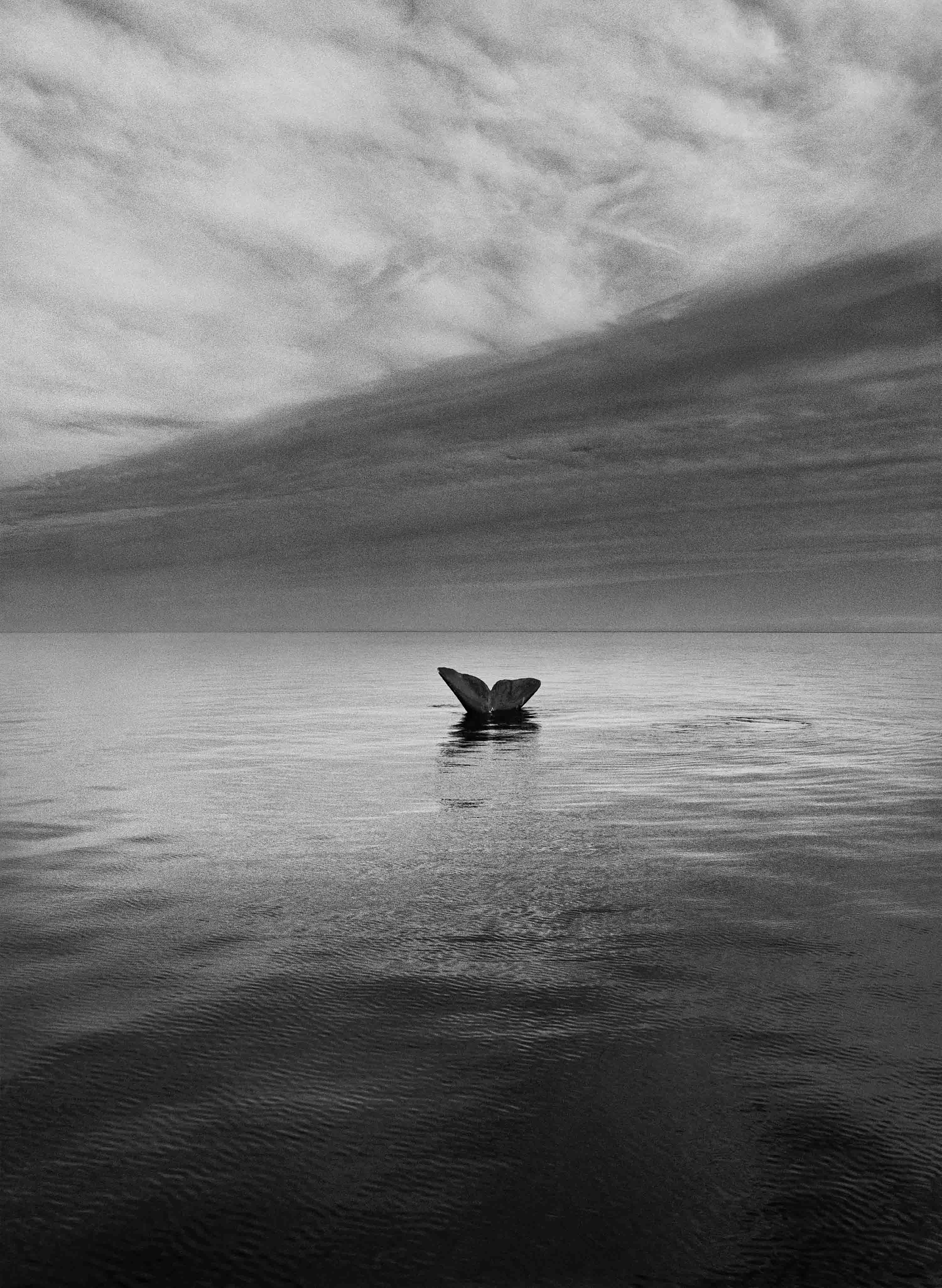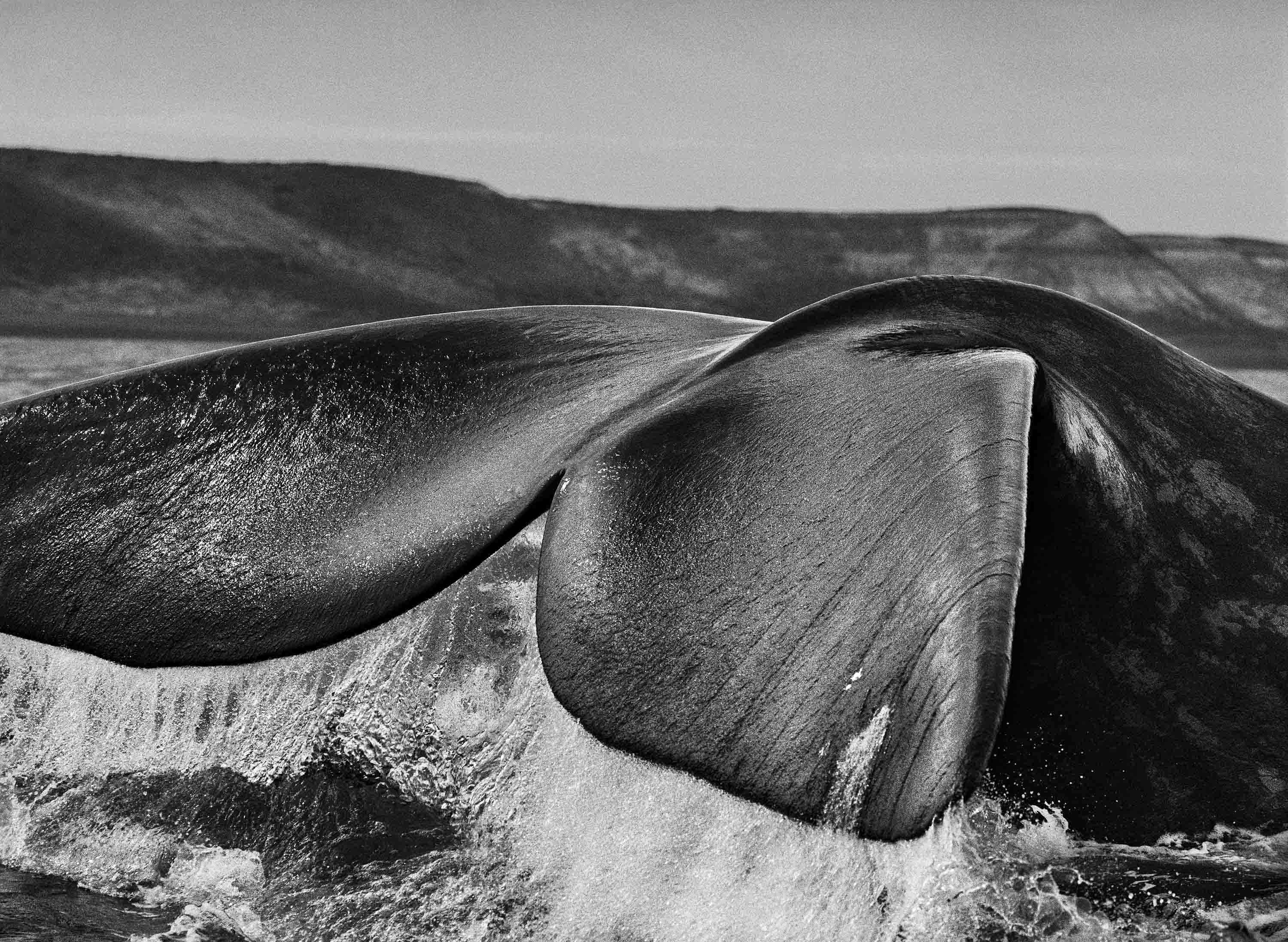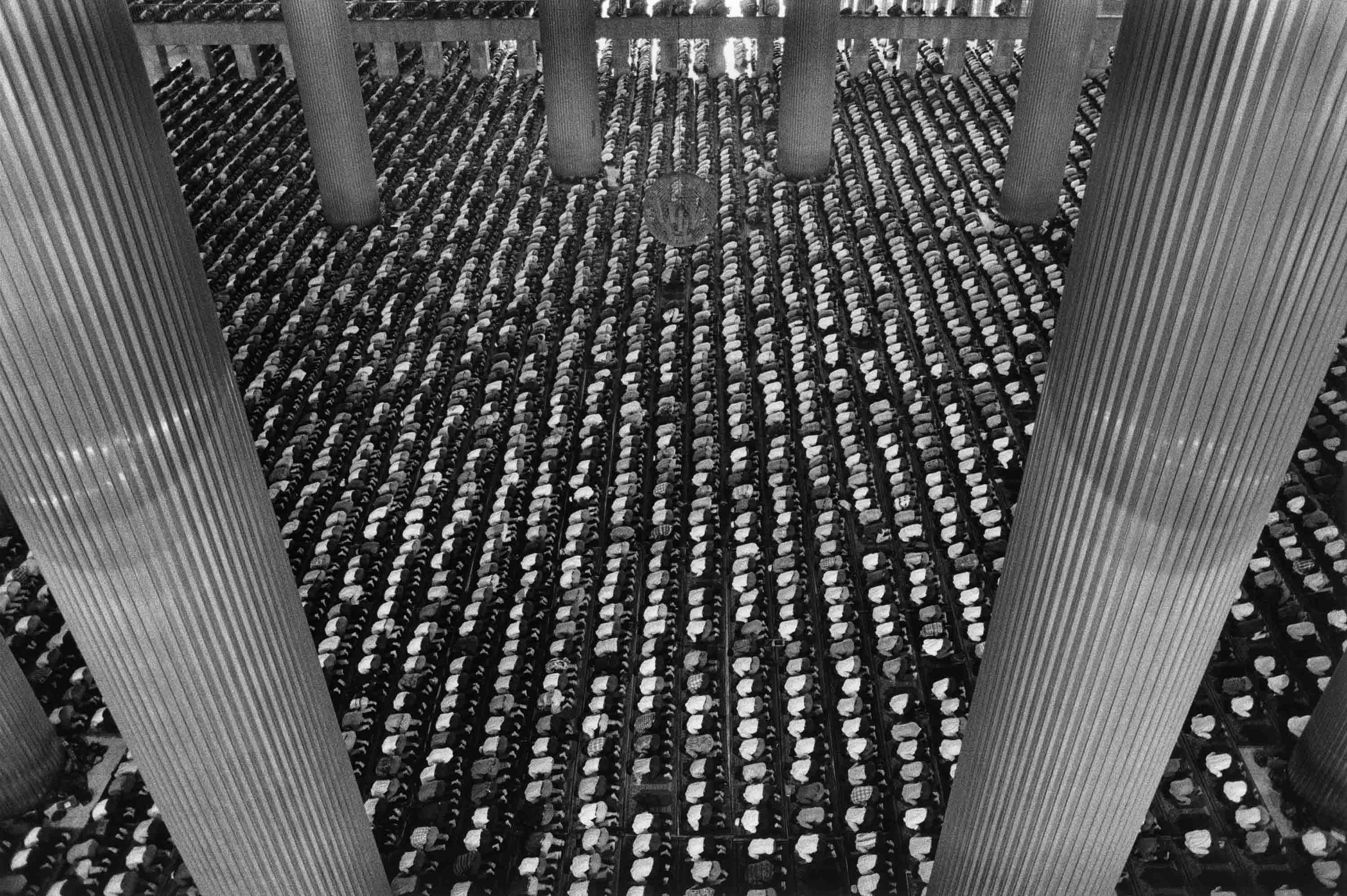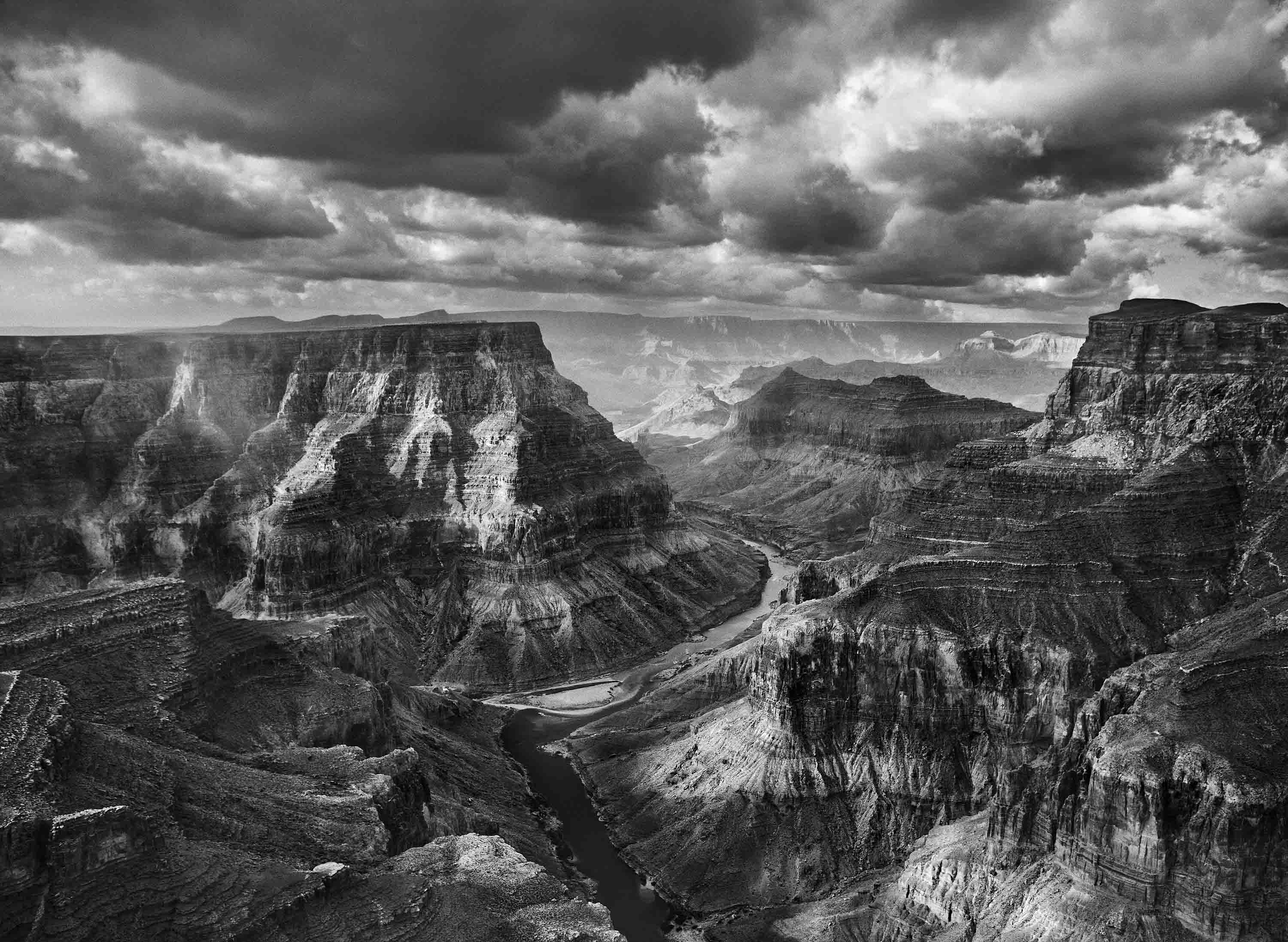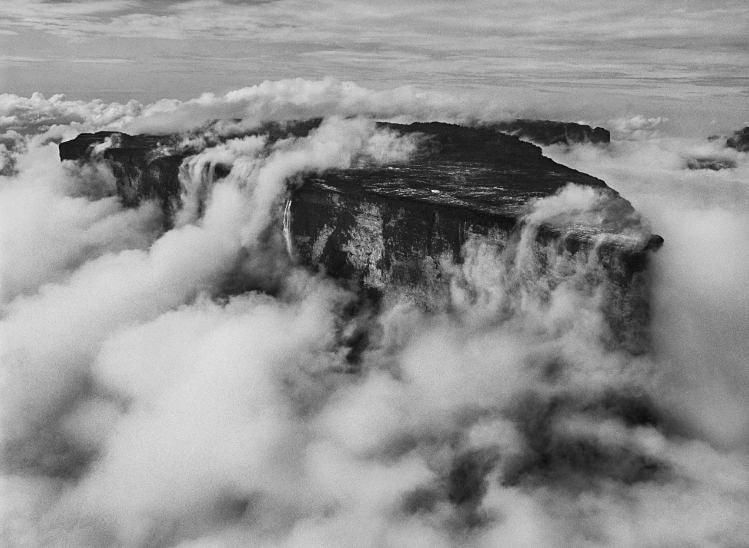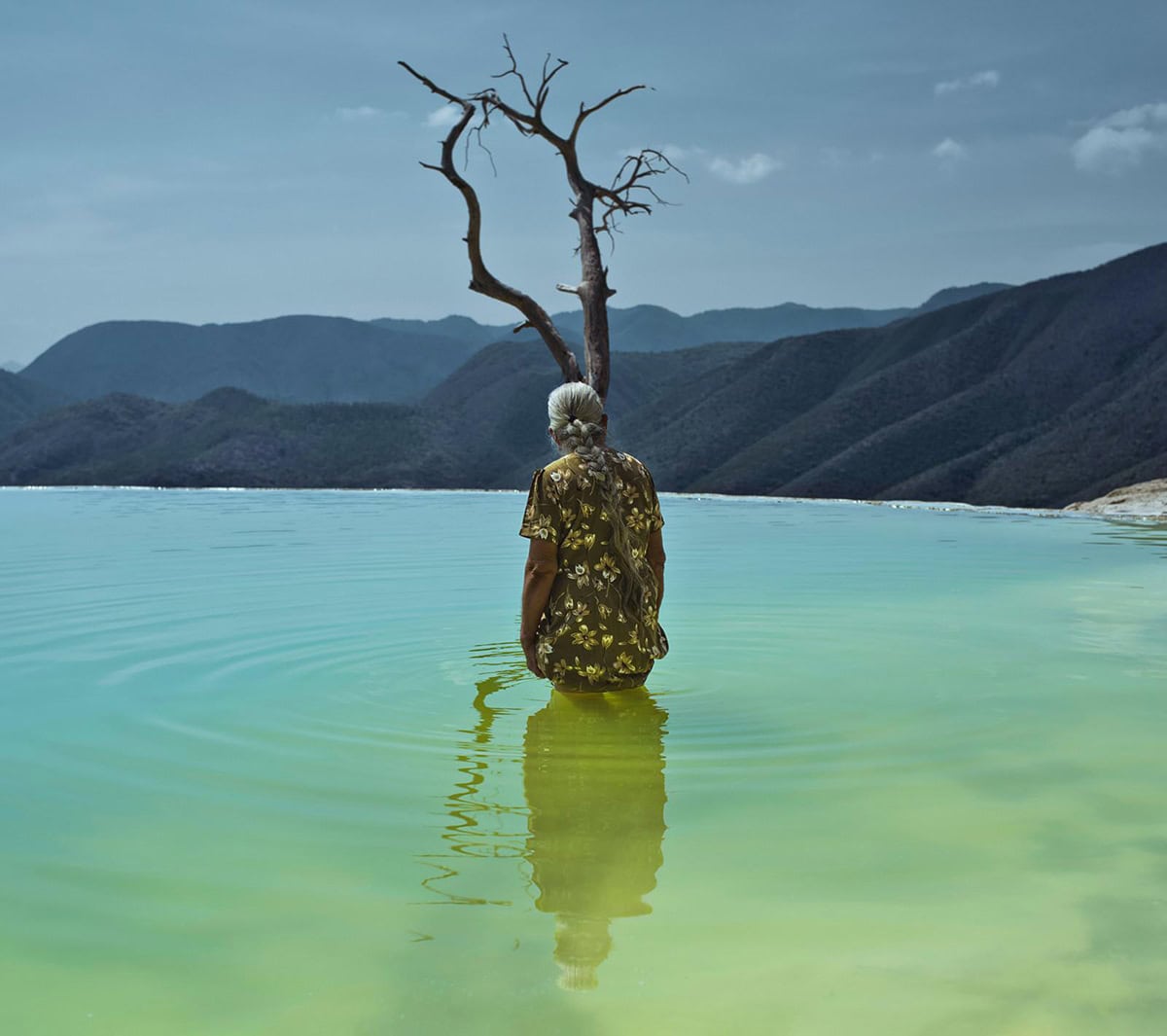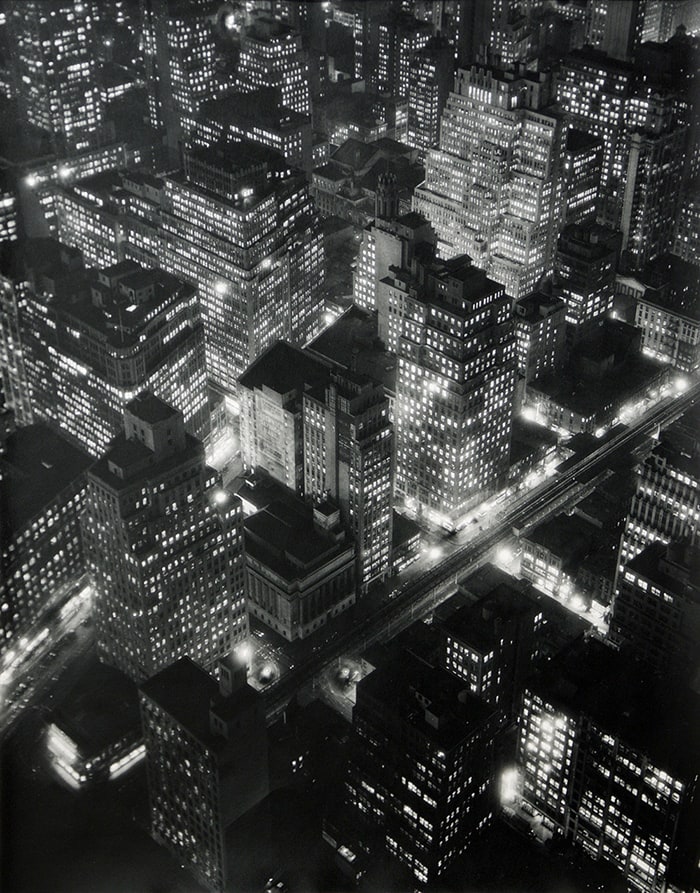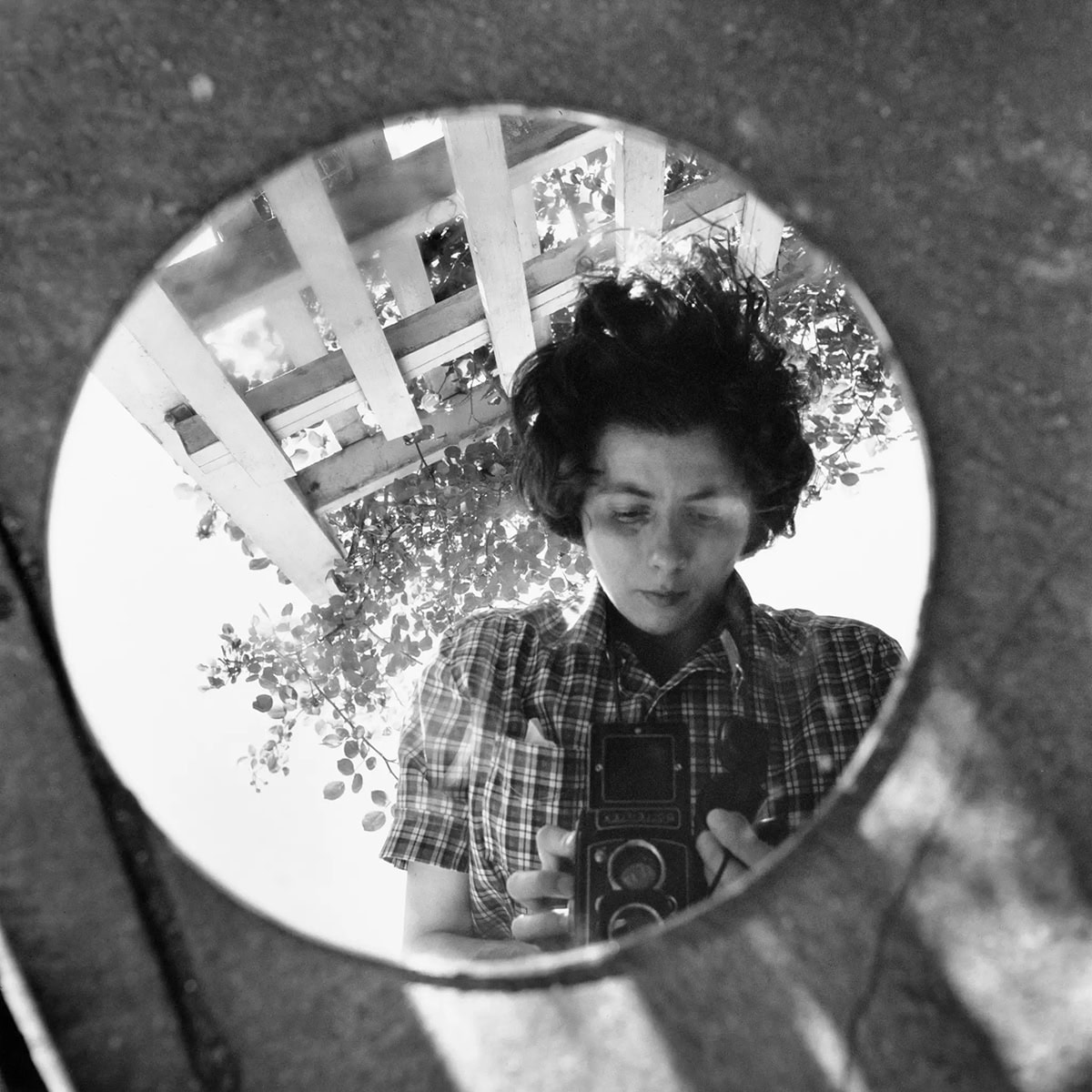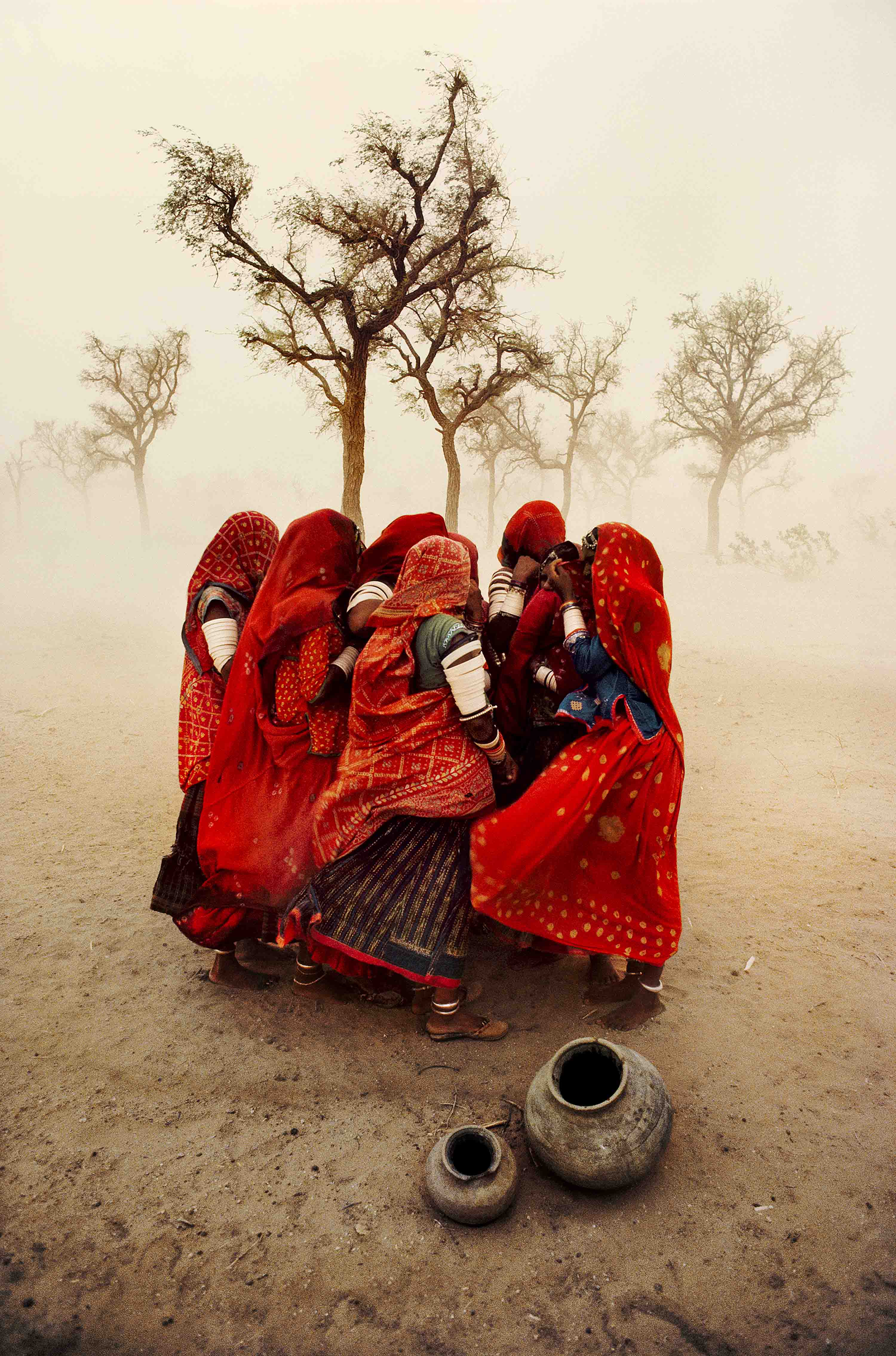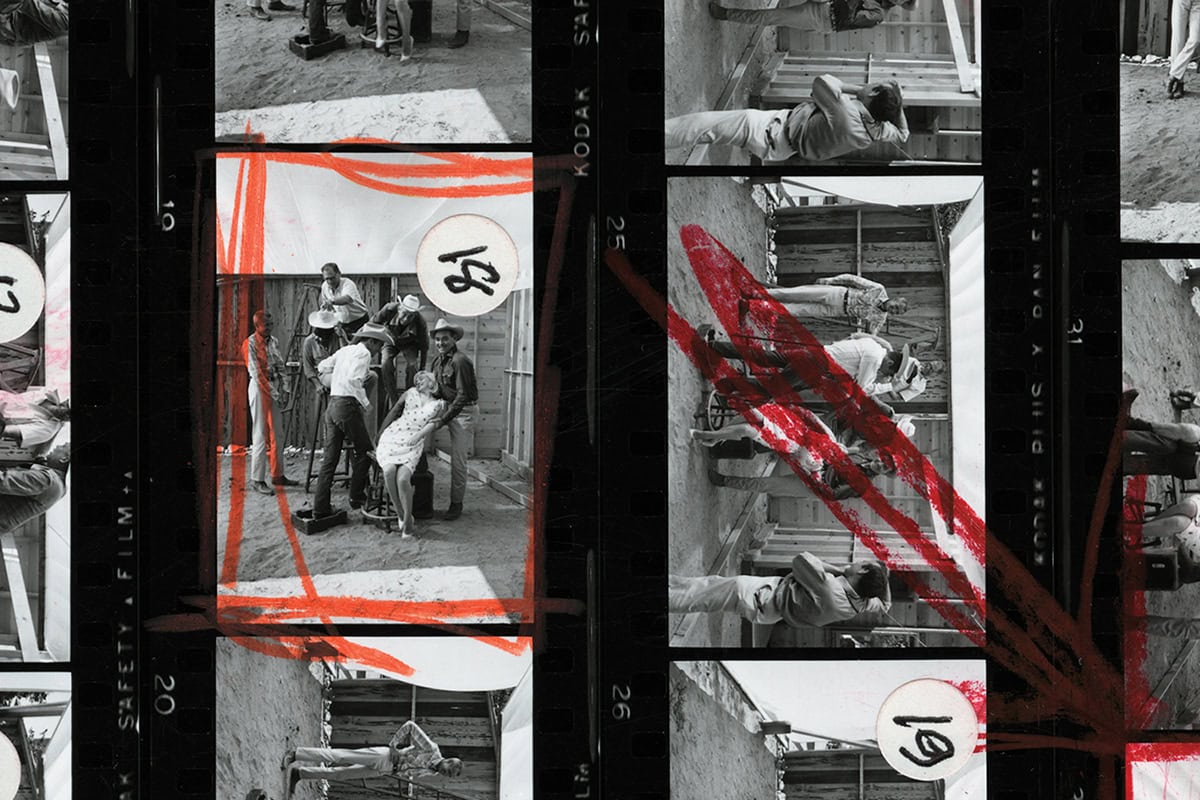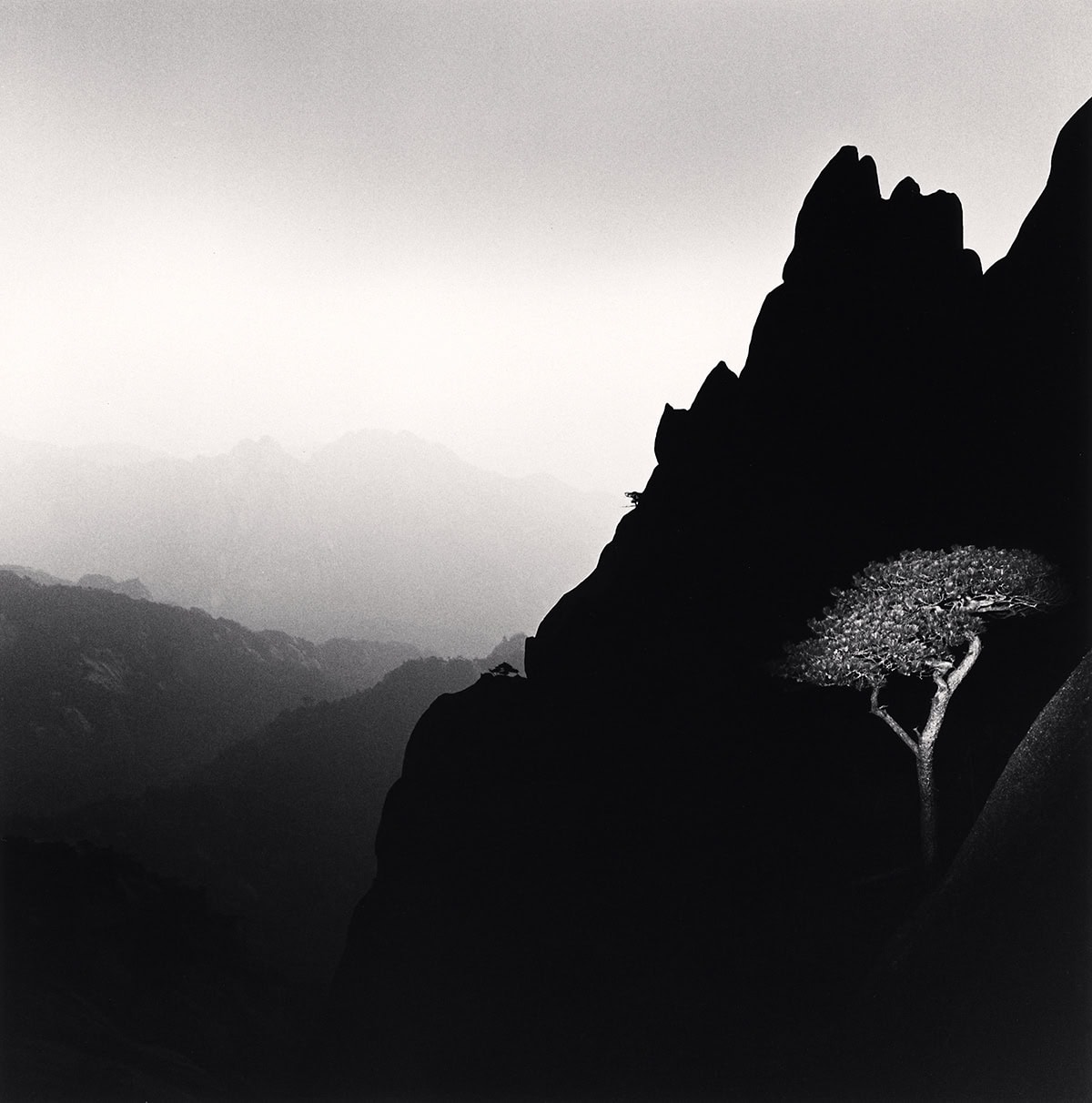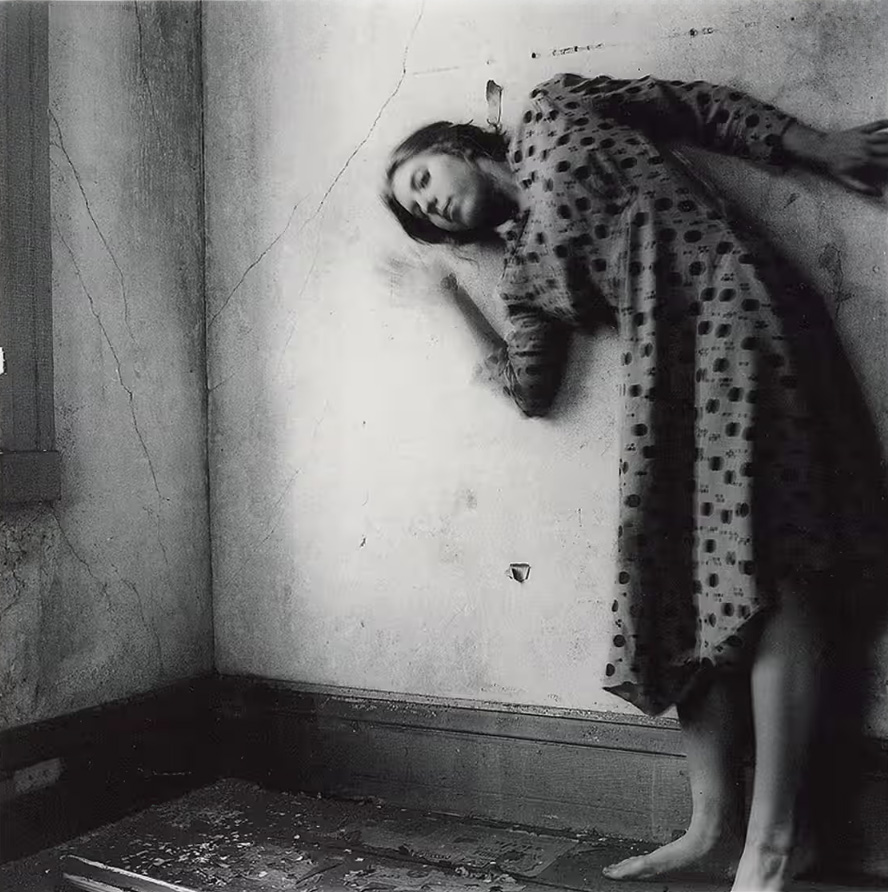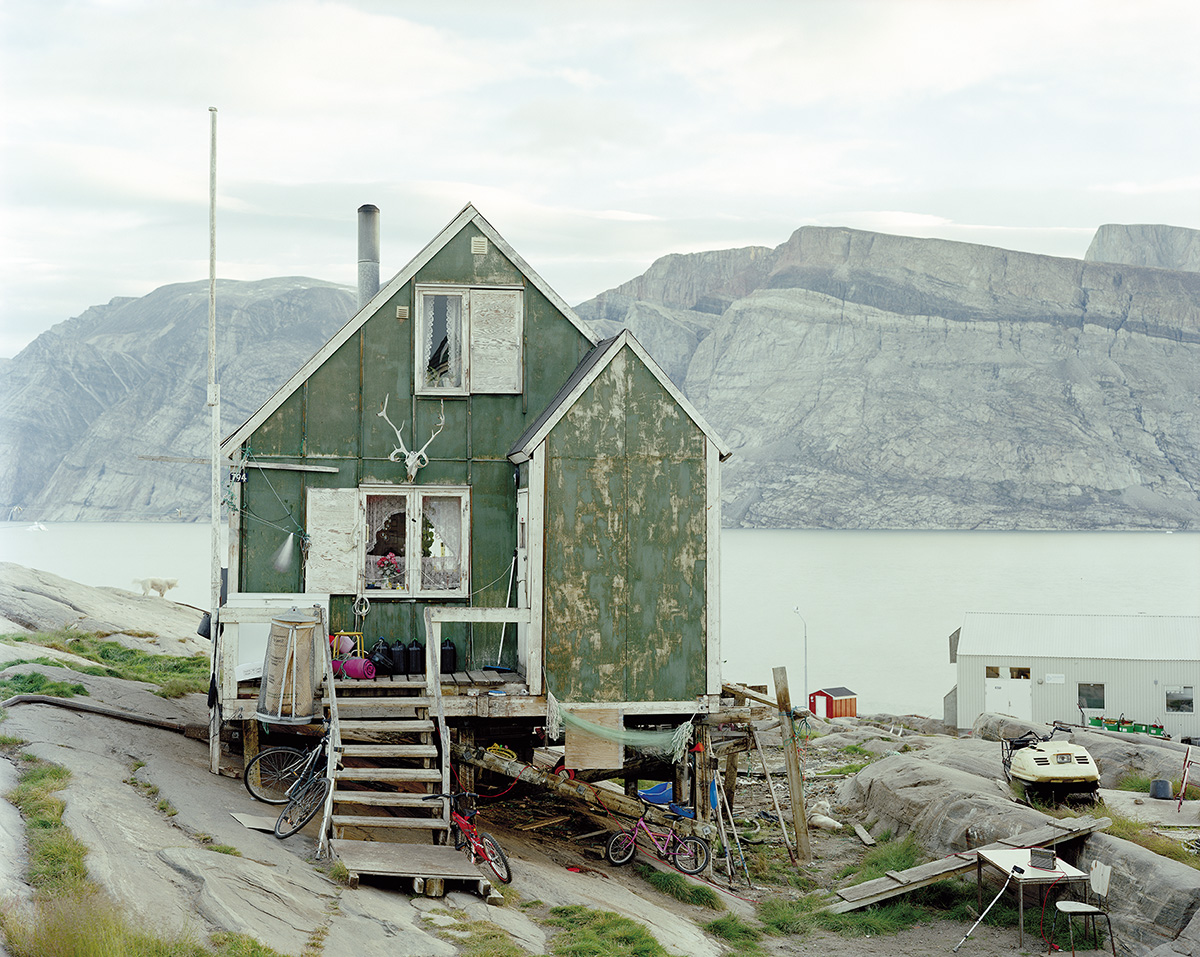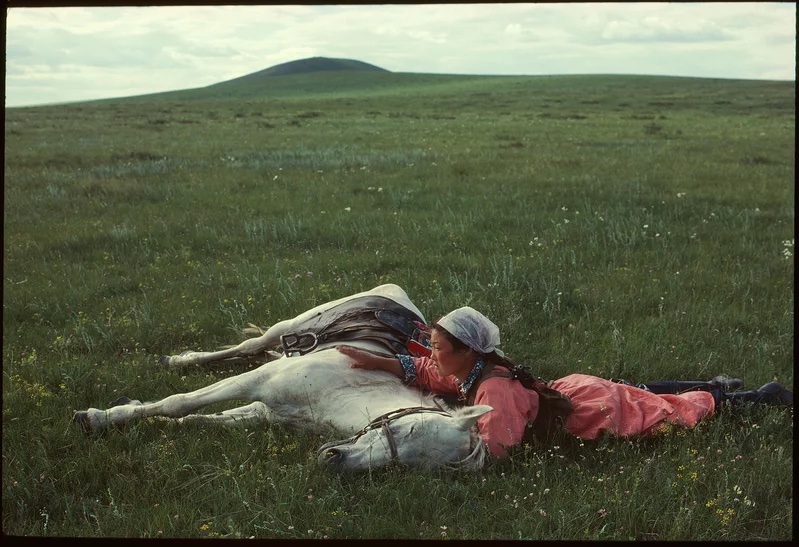Documenting Invisible Labour: Sebastião Salgado’s Workers series
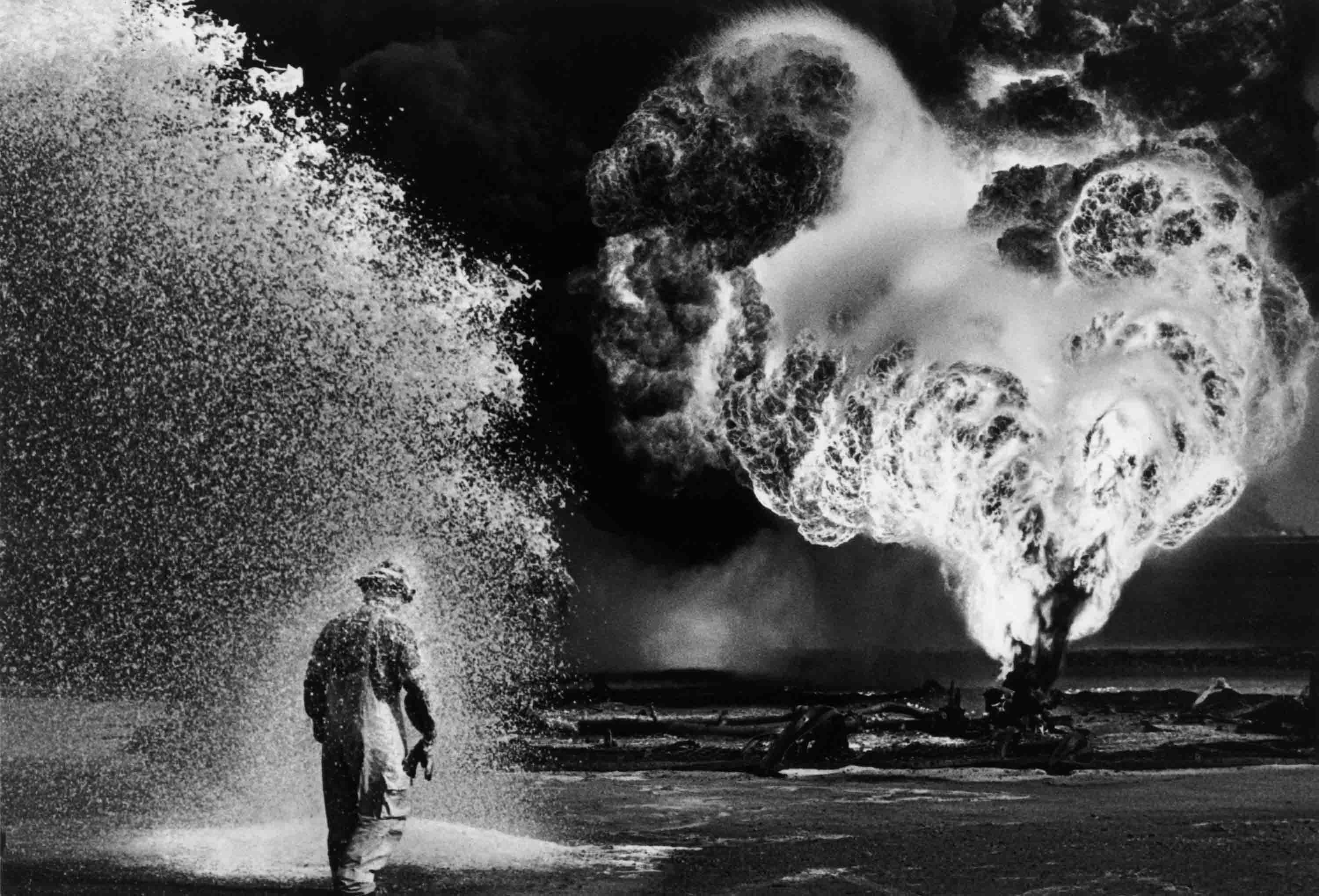
12th July 2021
Sebastião Salgado’s series Workers undertakes the grand task of depicting labourers from across the world with the aim of revealing hidden sites of manual labour. The project is founded in the exploration of the disparity of labour in the developed world and the third world with the aim of revealing the requisite production and invisible labour that is involved in the post-industrial consumerism of first world countries. Salgado offers a visual archaeology of industrial revolution, tracing [the lives of.. or maybe depicting instead] the women who work in the deserts of Rajasthan, India building canals, workers in the Middle-Eastern oil industry and more.
There is an interesting contradiction inherent in this series – while Salgado depicts the fruits of tea plantation workers’ manual labour, and the mine workers in Brazil who dig huge mounds of soil by hand in search of gold, he photographs them with a mechanised object.


The camera has been used numerous times in the history of photography to represent labour, Lewis Hine photographed child labourers helming great machines of the early Industrial Revolution in America and Walker Evans’s series of images Labour Anonymous depicted workers uniformly arriving at a factory. In both these examples, the photographs produced mimic the methodical and mechanical nature of the instrument of their making. The industrial engineer and early advocate of scientific management, Frank Gilbreth’s photographic motion studies go further still. Using the assembly of weapons as his example, Gilbreth managed to breakdown each movement of the hand into 17 basic motions. His photographs aimed to reveal how greater efficiency could be realised through swifter and more economic movement. Gilbreth’s imagery epitomises the mechanic vs. the manual.
In Salgado’s hands, the camera’s more traditional limitations are manipulated with characteristic adeptness of tonality and humanism. Salgado emphasises the toil and sweat expended in the labour process – the physical weight of the energy expended. His workers are heroic figures, dramatically staged as if the subjects of a history painting, they are imbued with a dignity and grandeur. No more so than in his photographs of oil workers in Kuwait. Taken in 1991, just as the Gulf War was ending, Salgado captures the workers’ struggles to contain the oil spills and quell the blazes set by retreating Iraqi forces. His photographs reassure us of the mammoth undertaking this entails, all to preserve the precious natural resource hungrily consumed by the West.
Taken as a whole the works in the series brings to bear the effects of globalisation. With an archaeologist’s view, Salgado excavates the invisible labour of the developed world’s consumerism.
FeaturedSebastião Salgado
FeaturedSebastião Salgado
The ArtistUndertaking projects of vast temporal and geographic scope, Sebastião Salgado is one of the most celebrated photojournalists working today. Whilst inescapably memorable for their beauty, Salgado’s photographs are laden with political purpose exposing the social and environmental problems facing our planet.
Artist Page